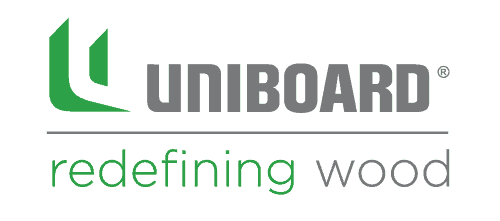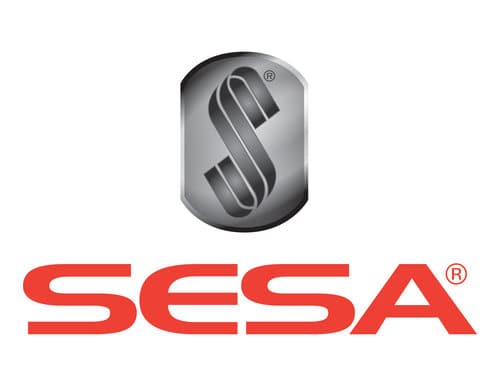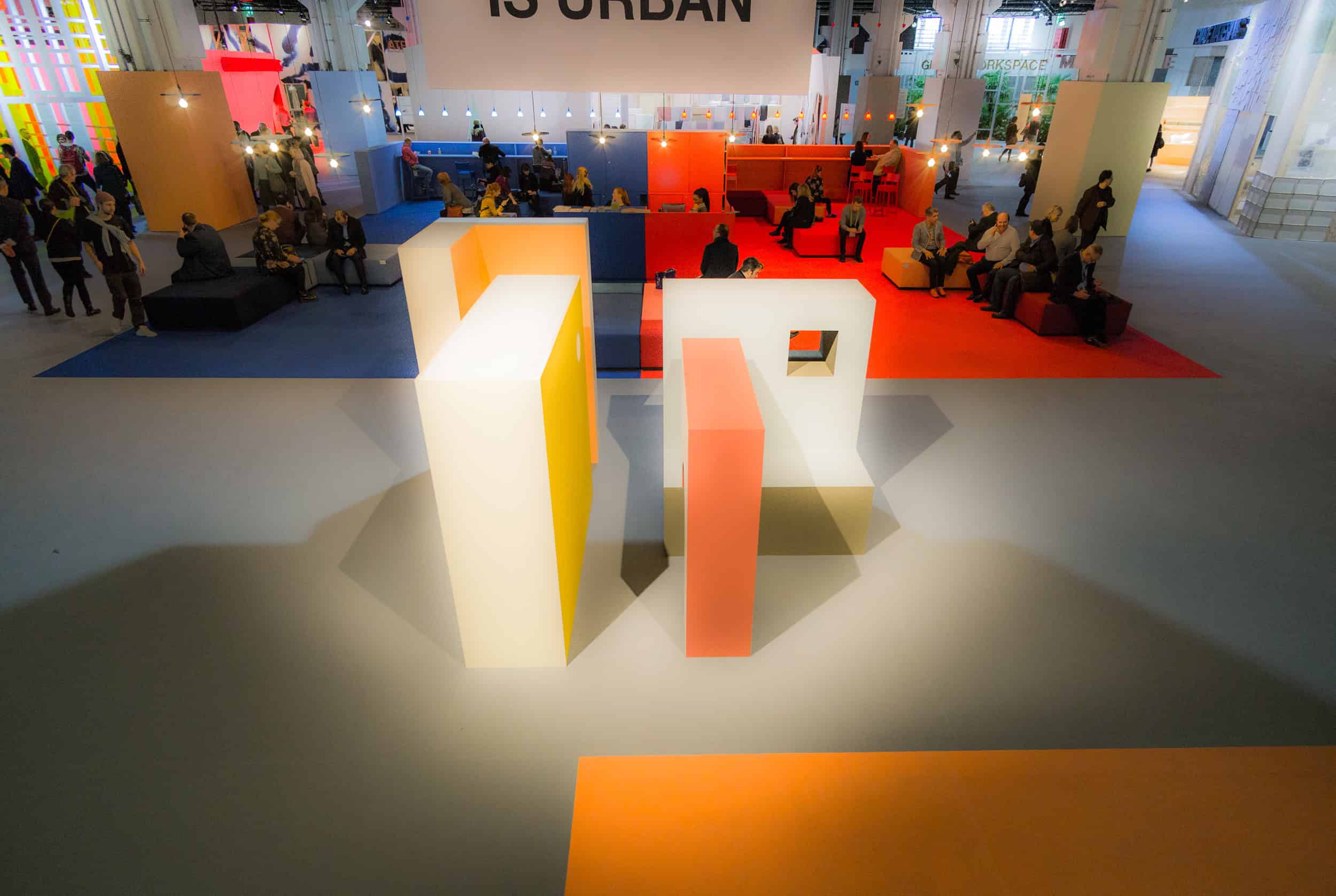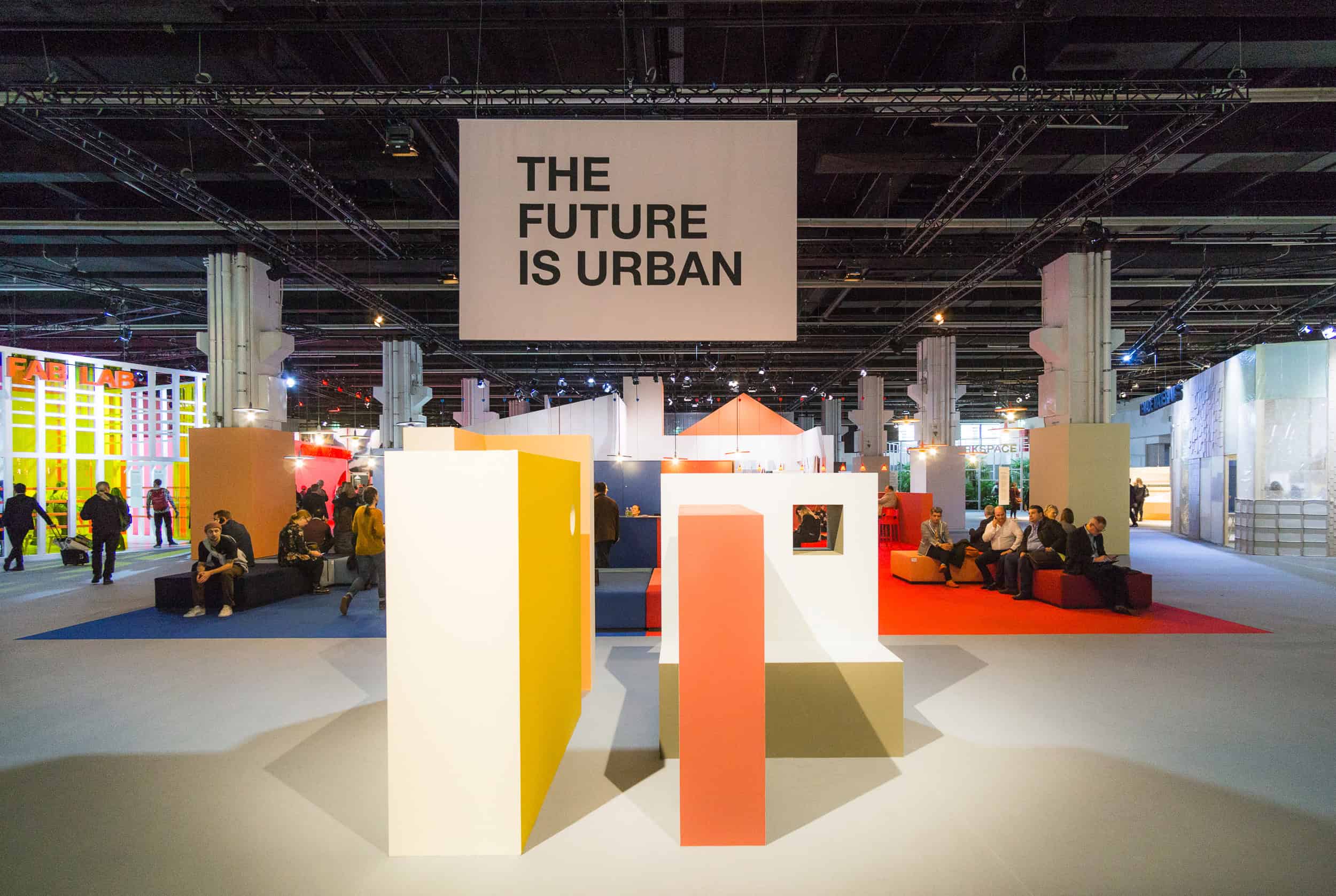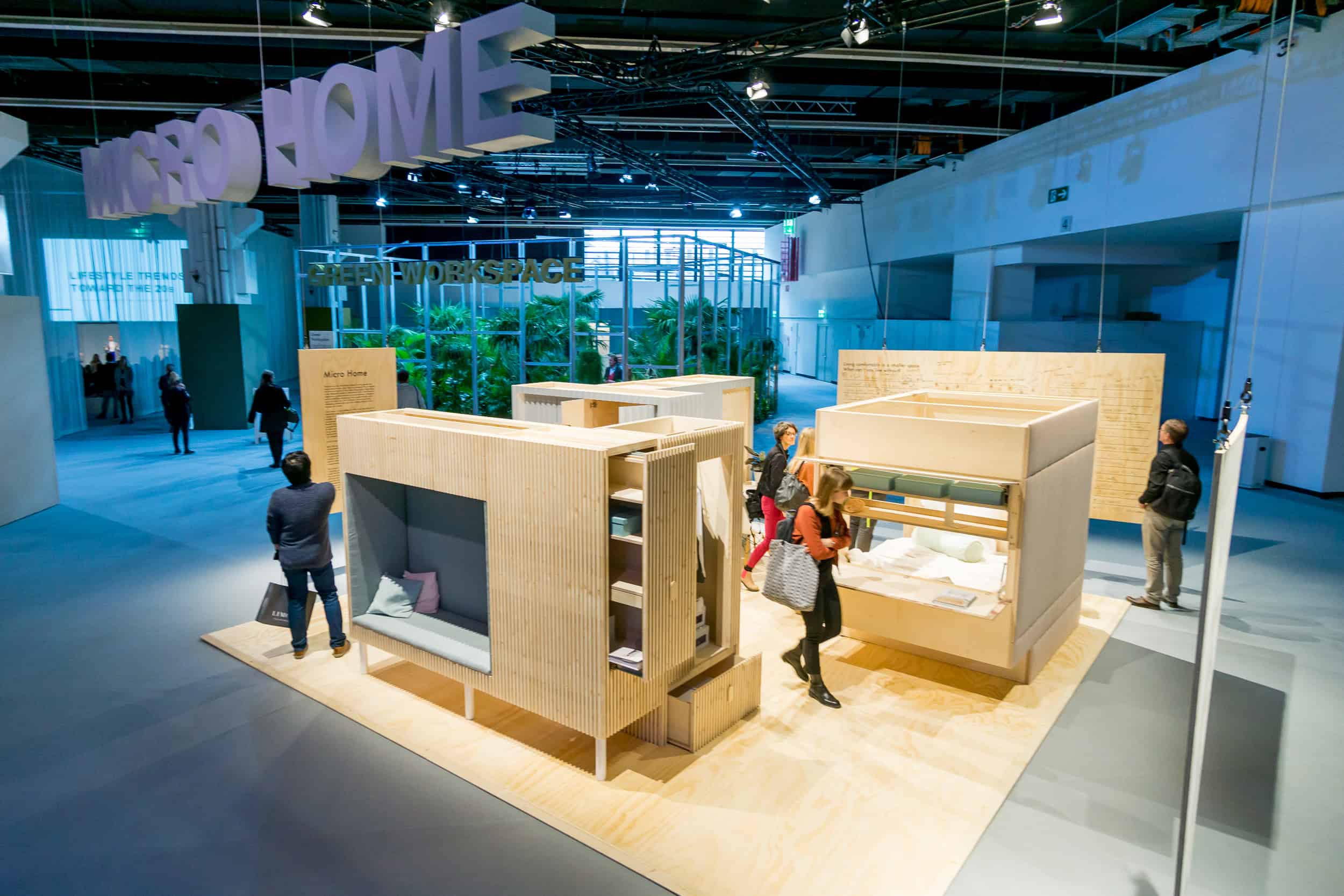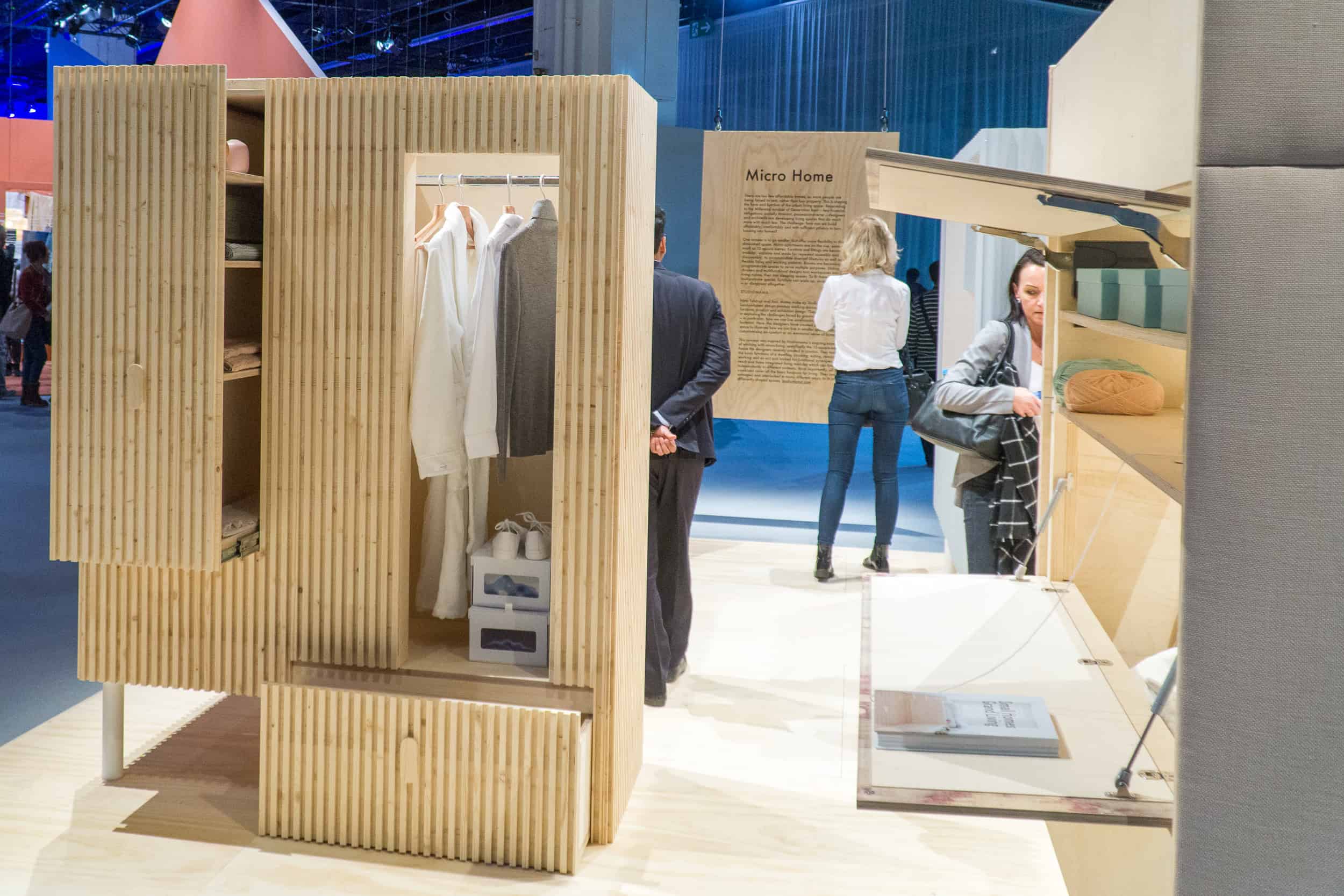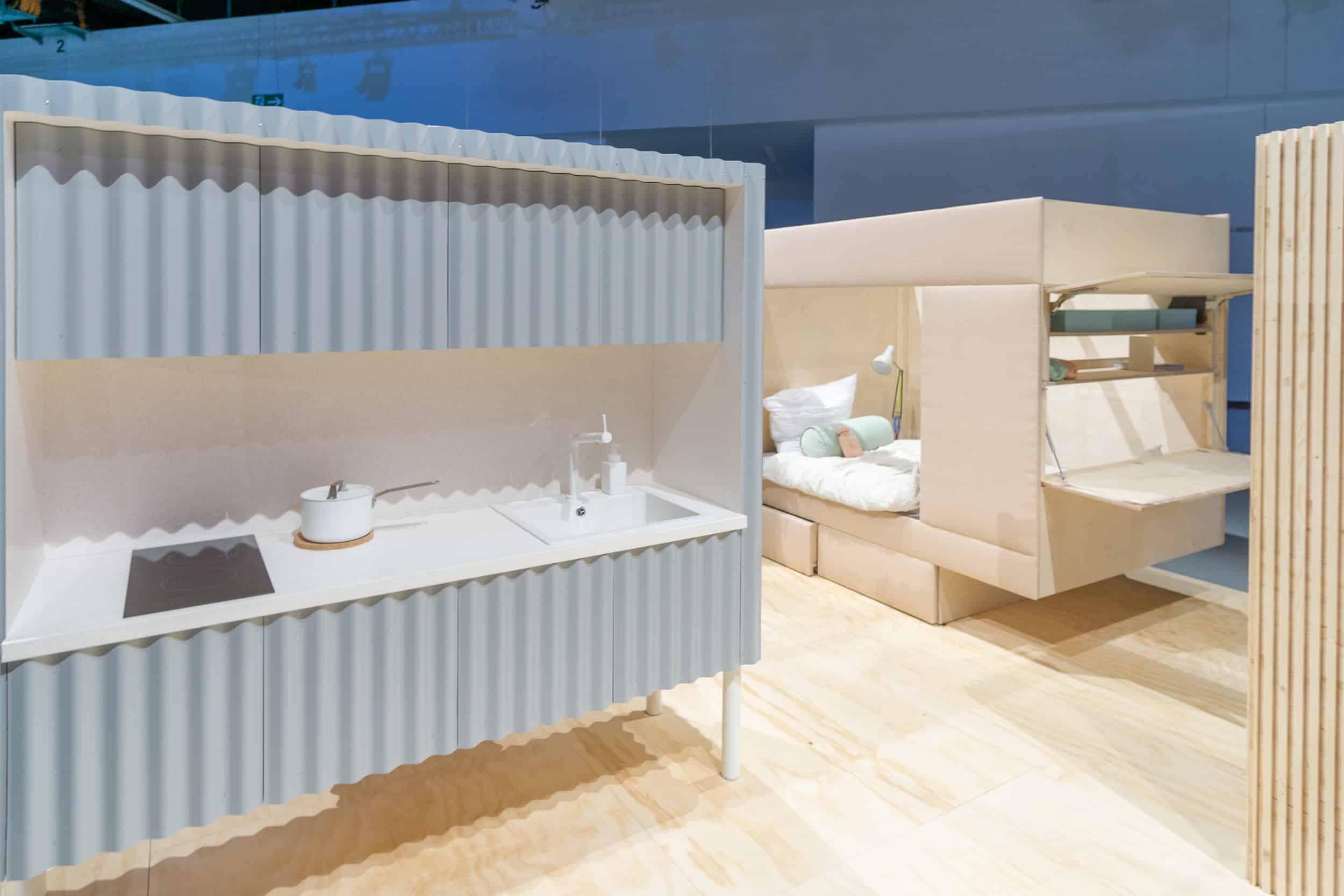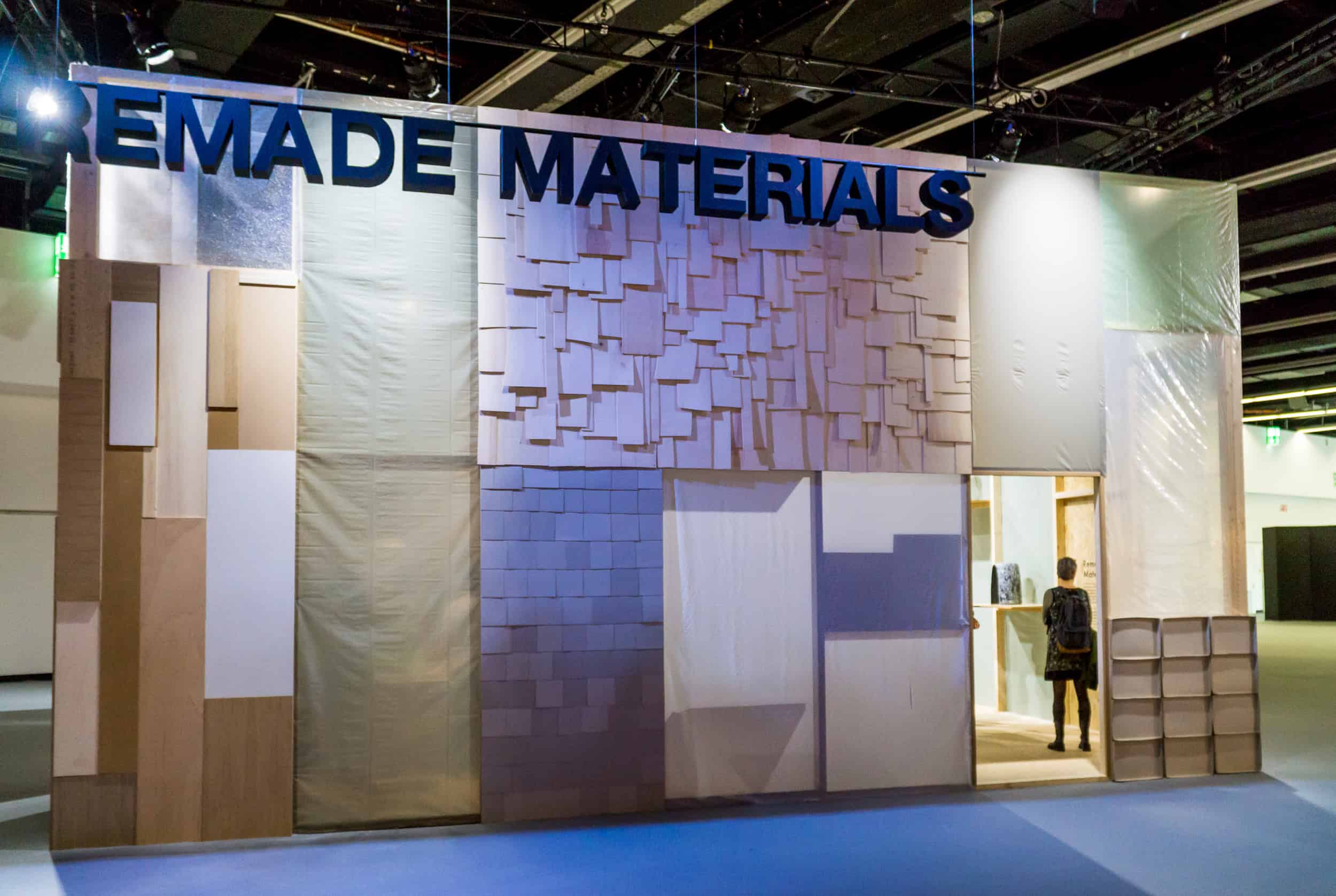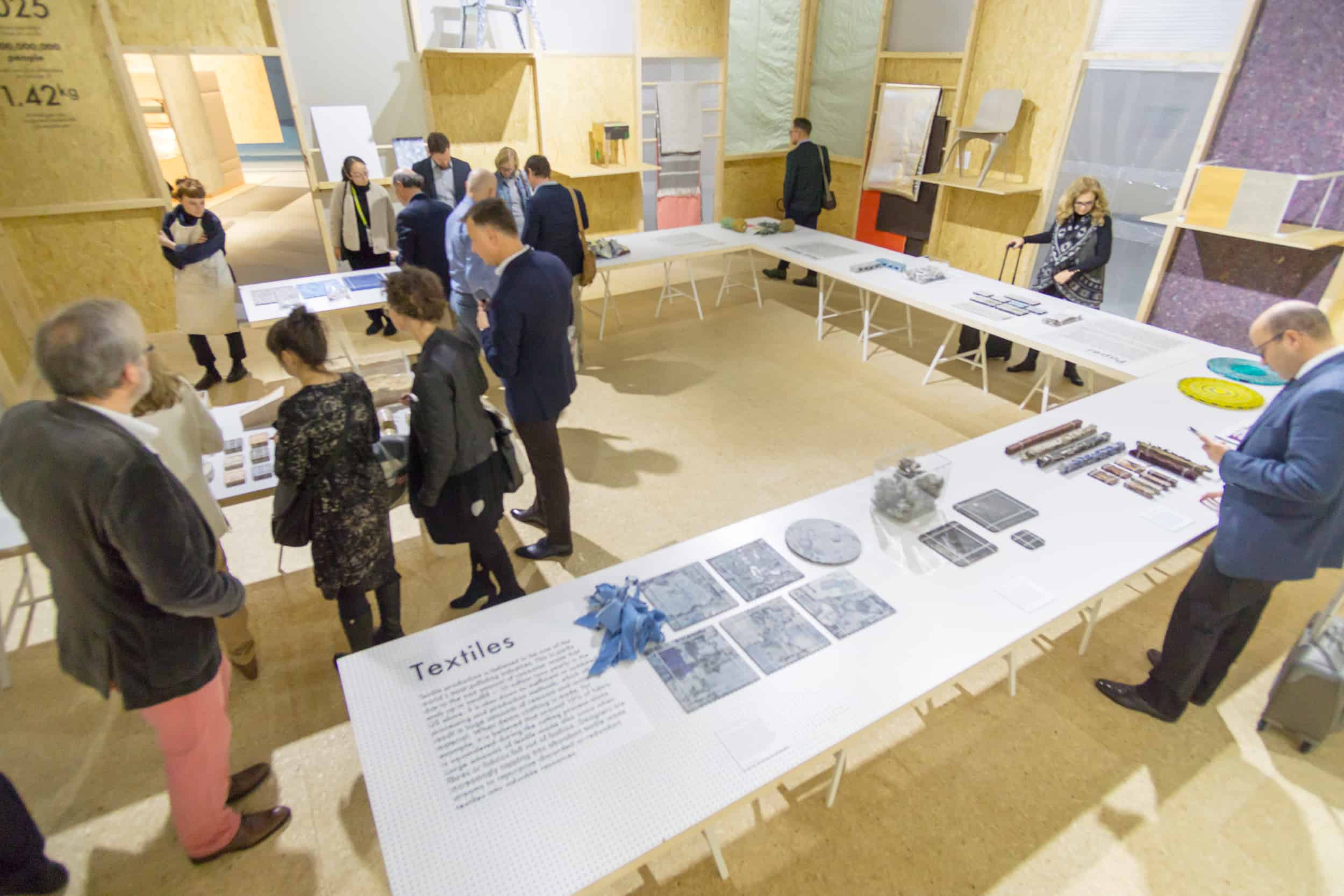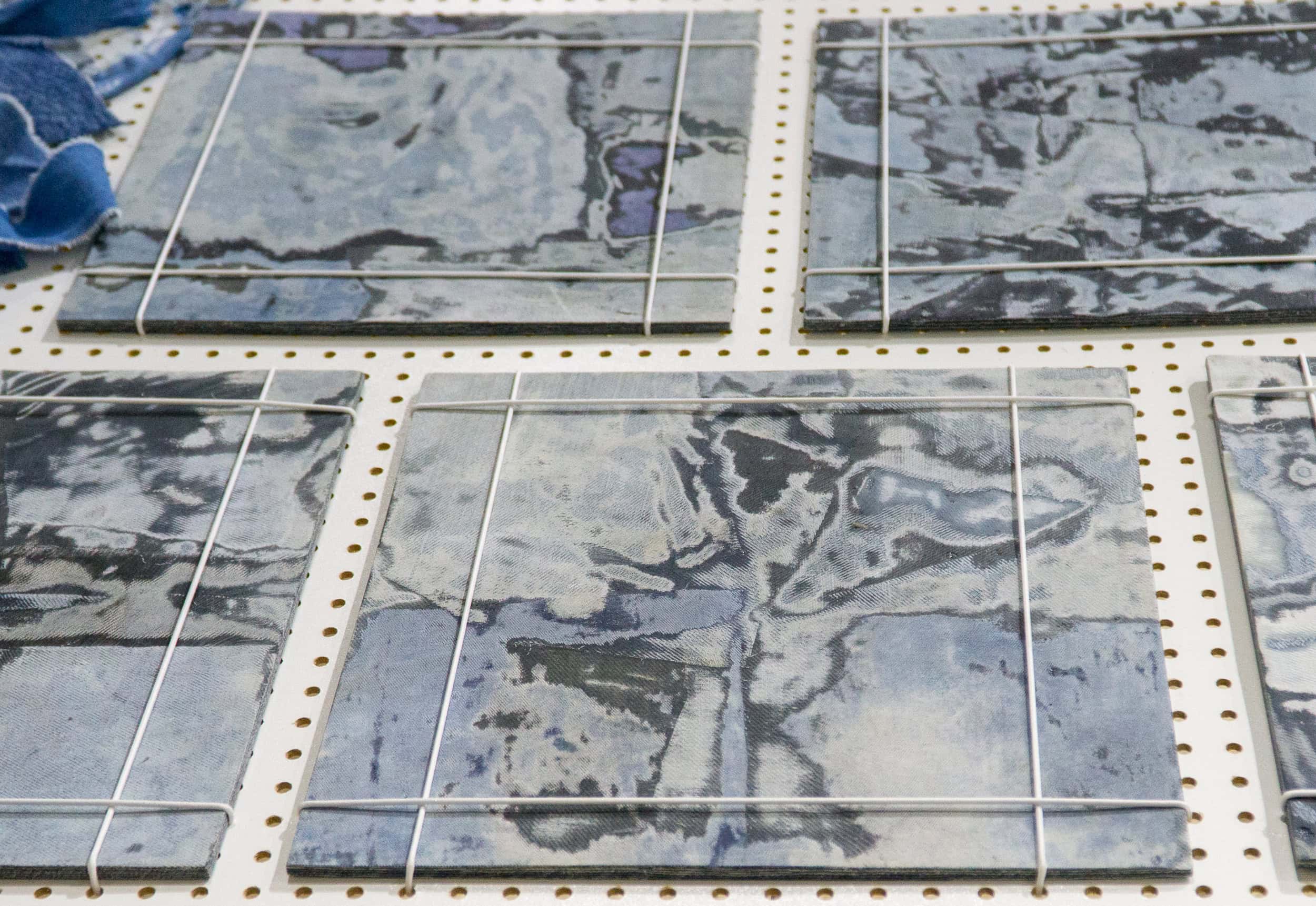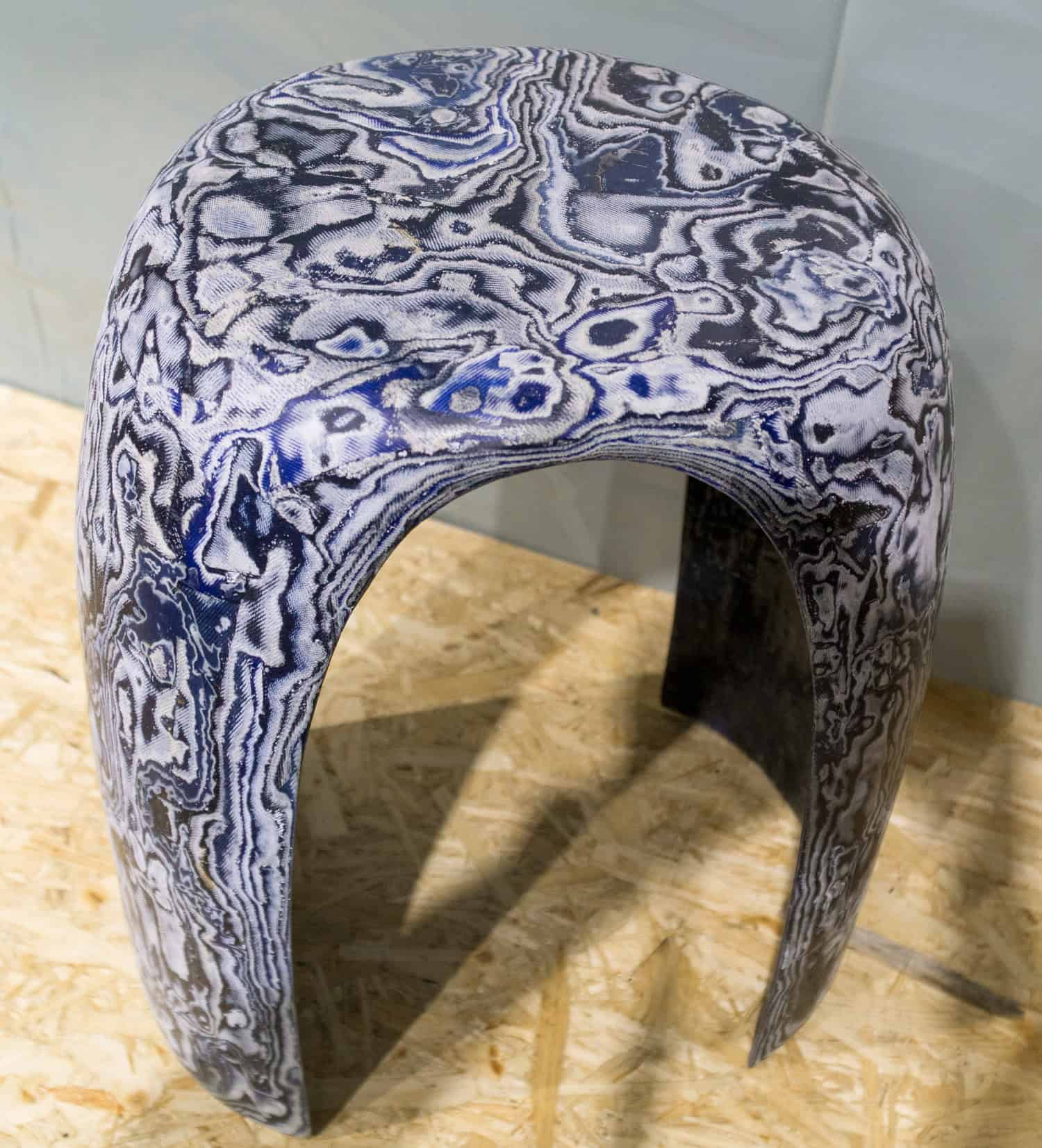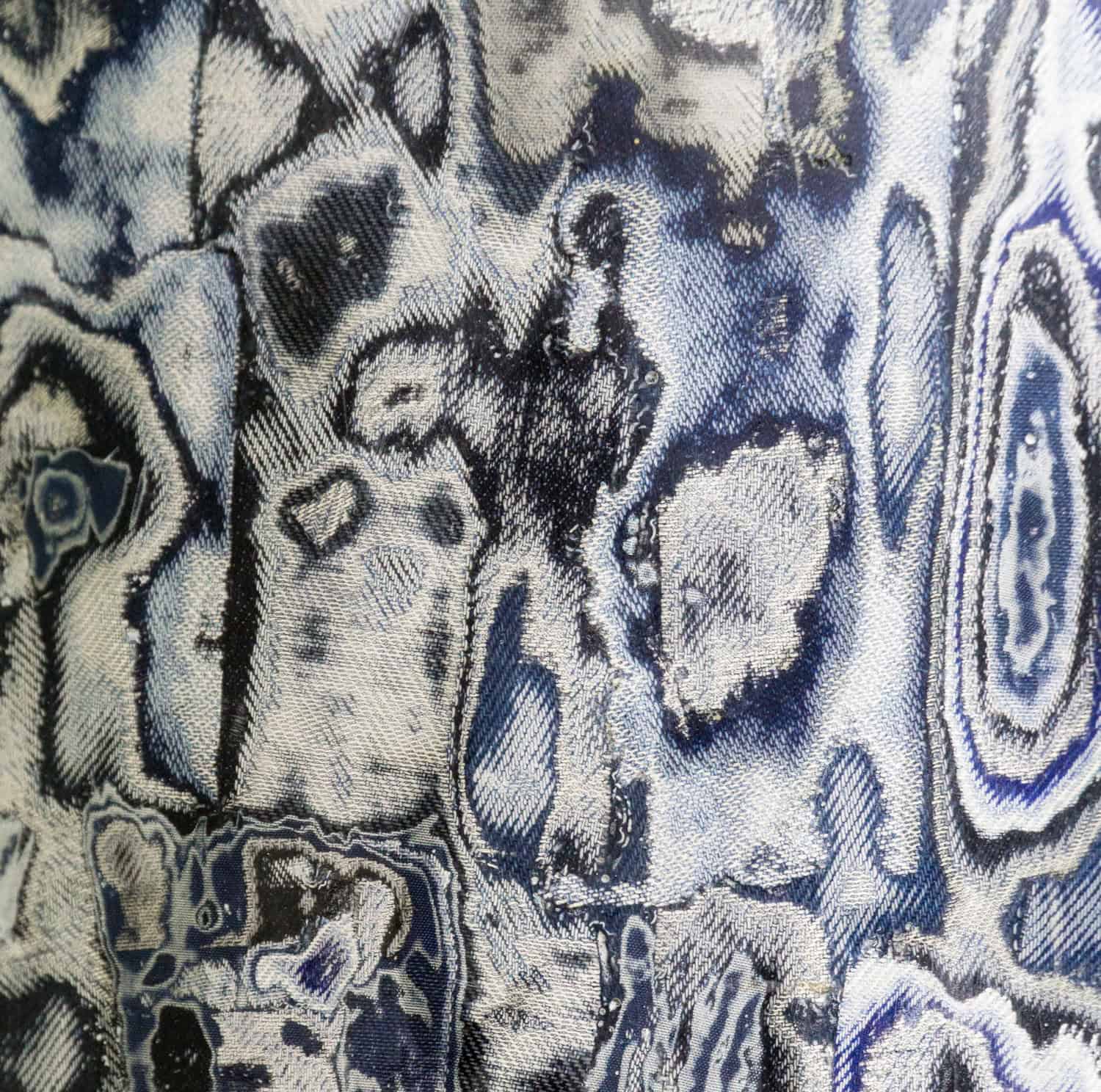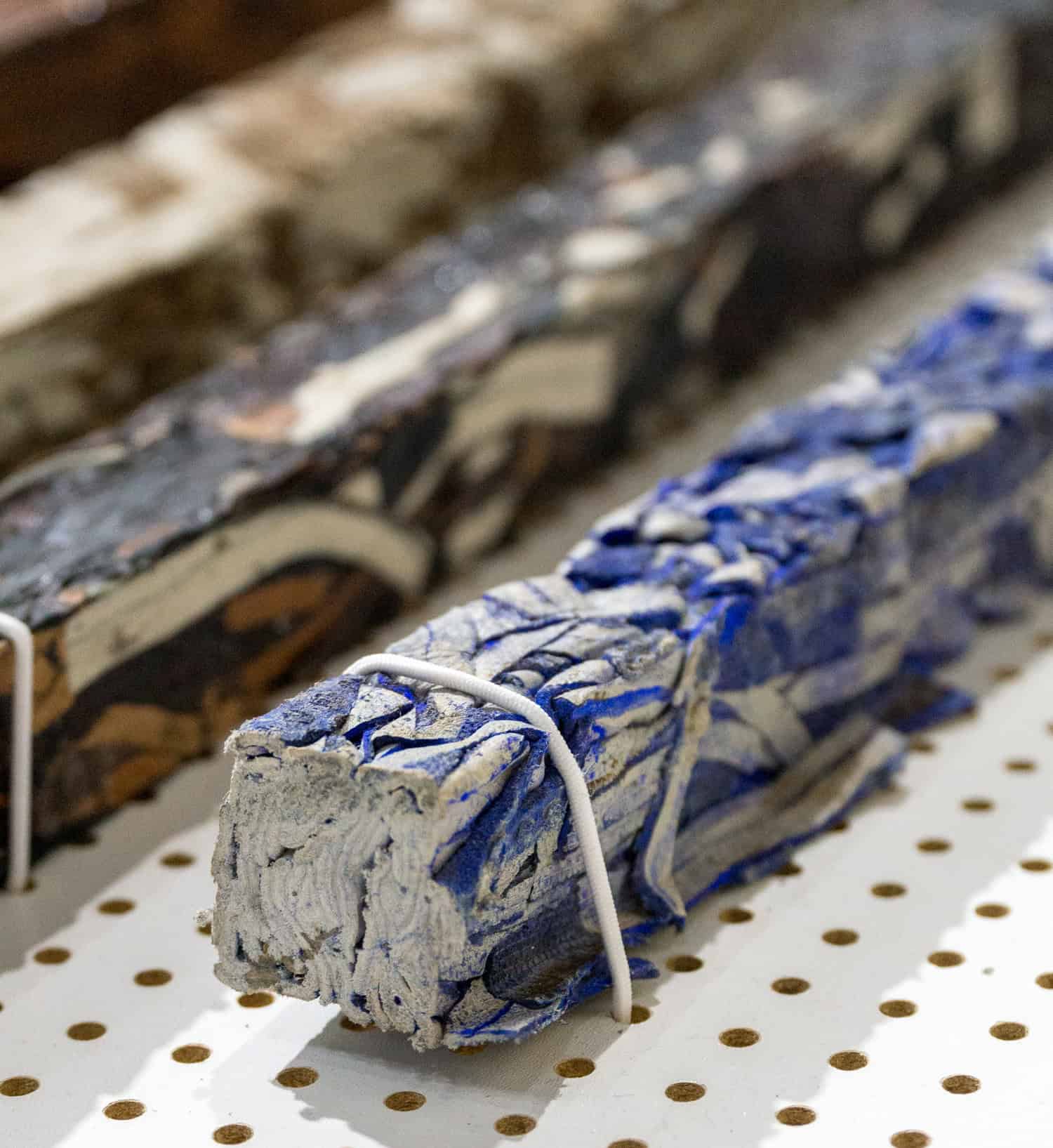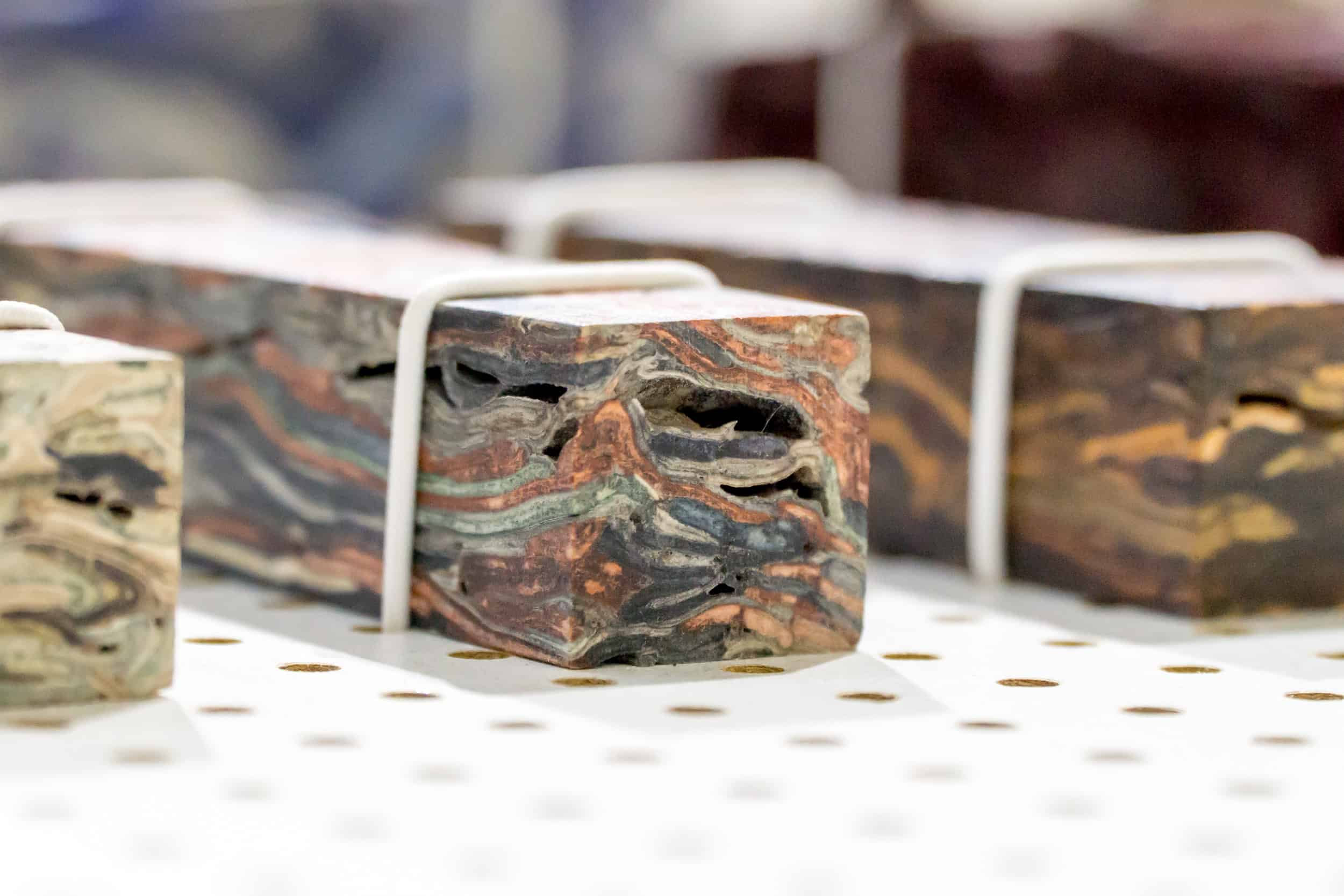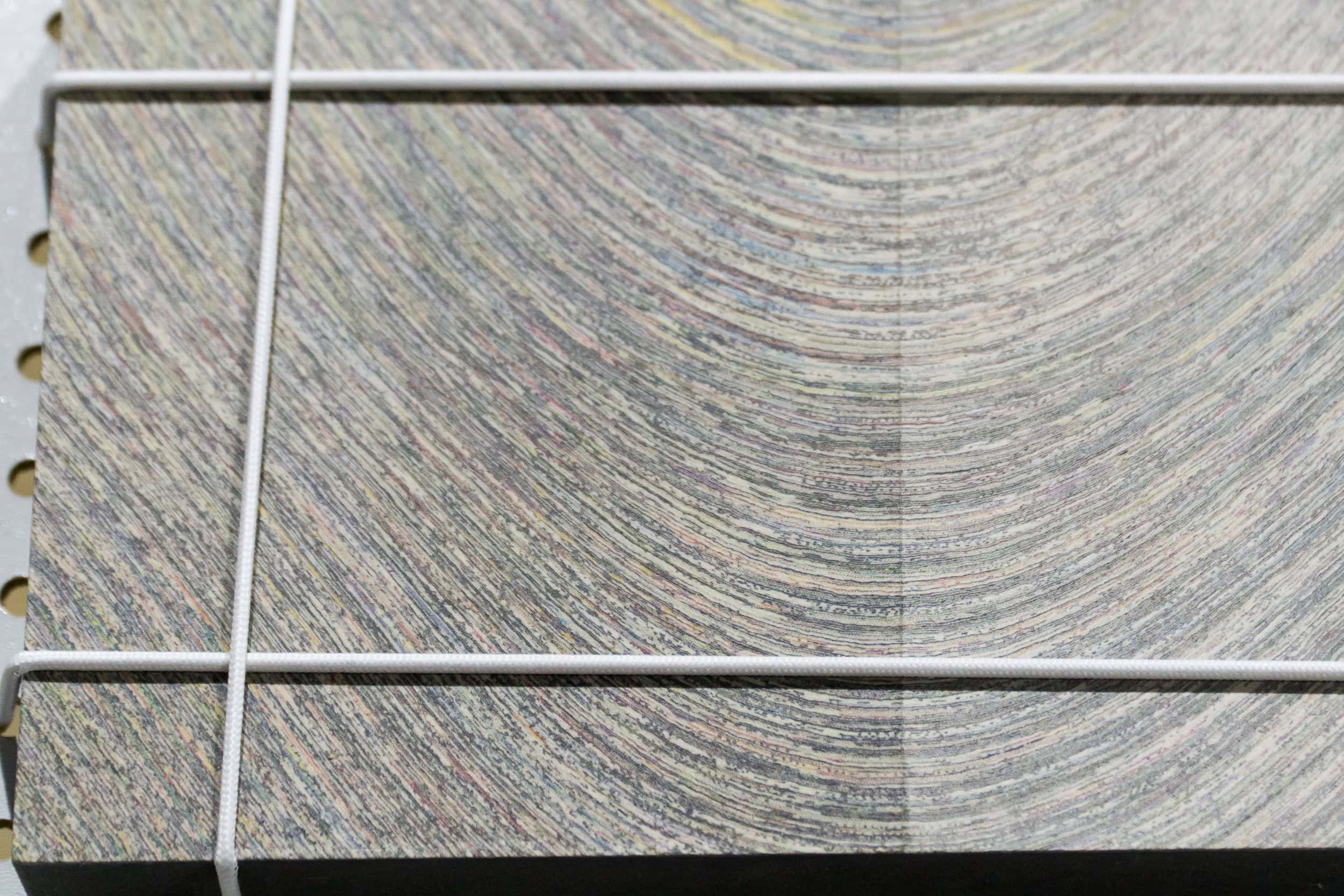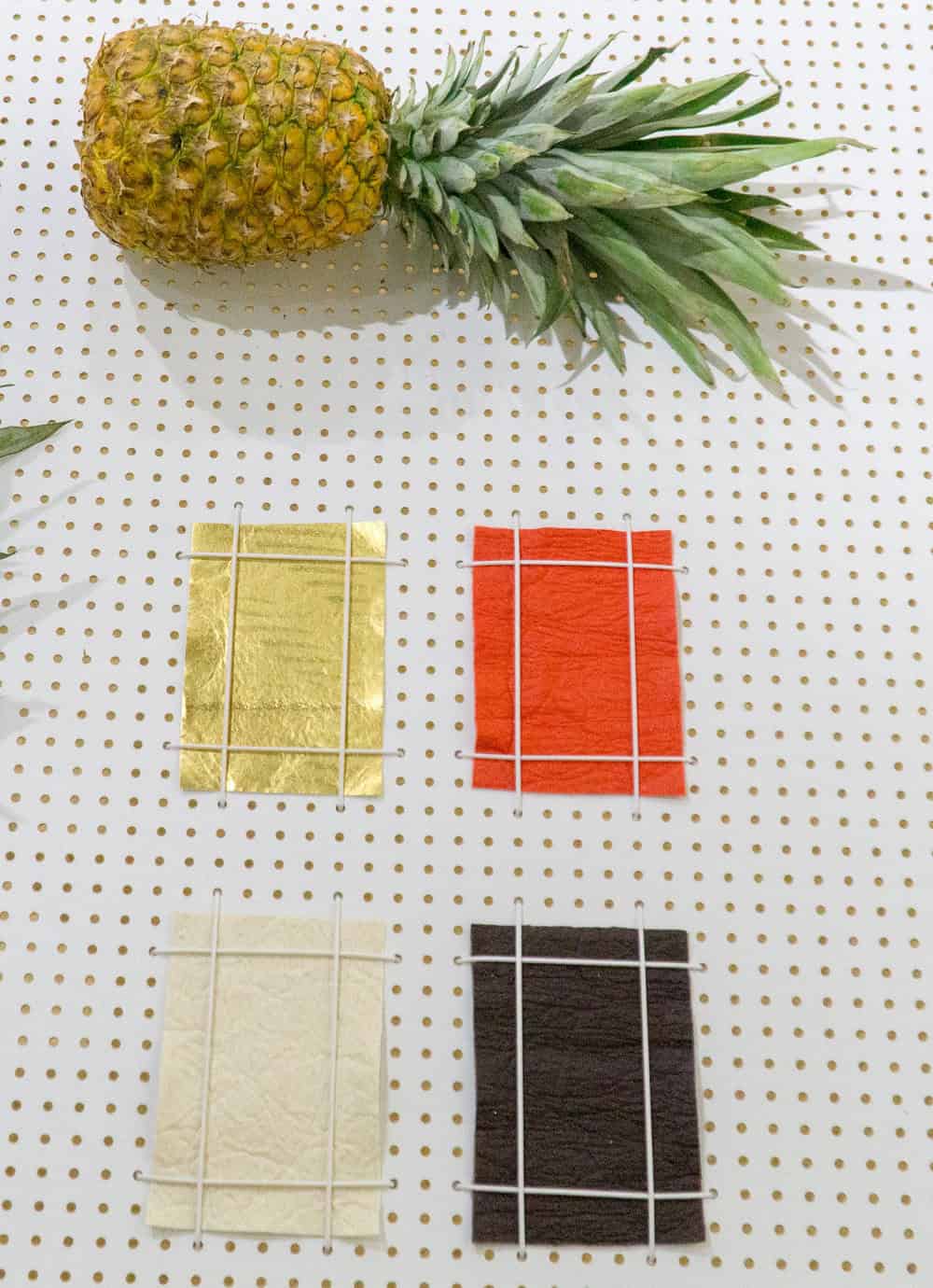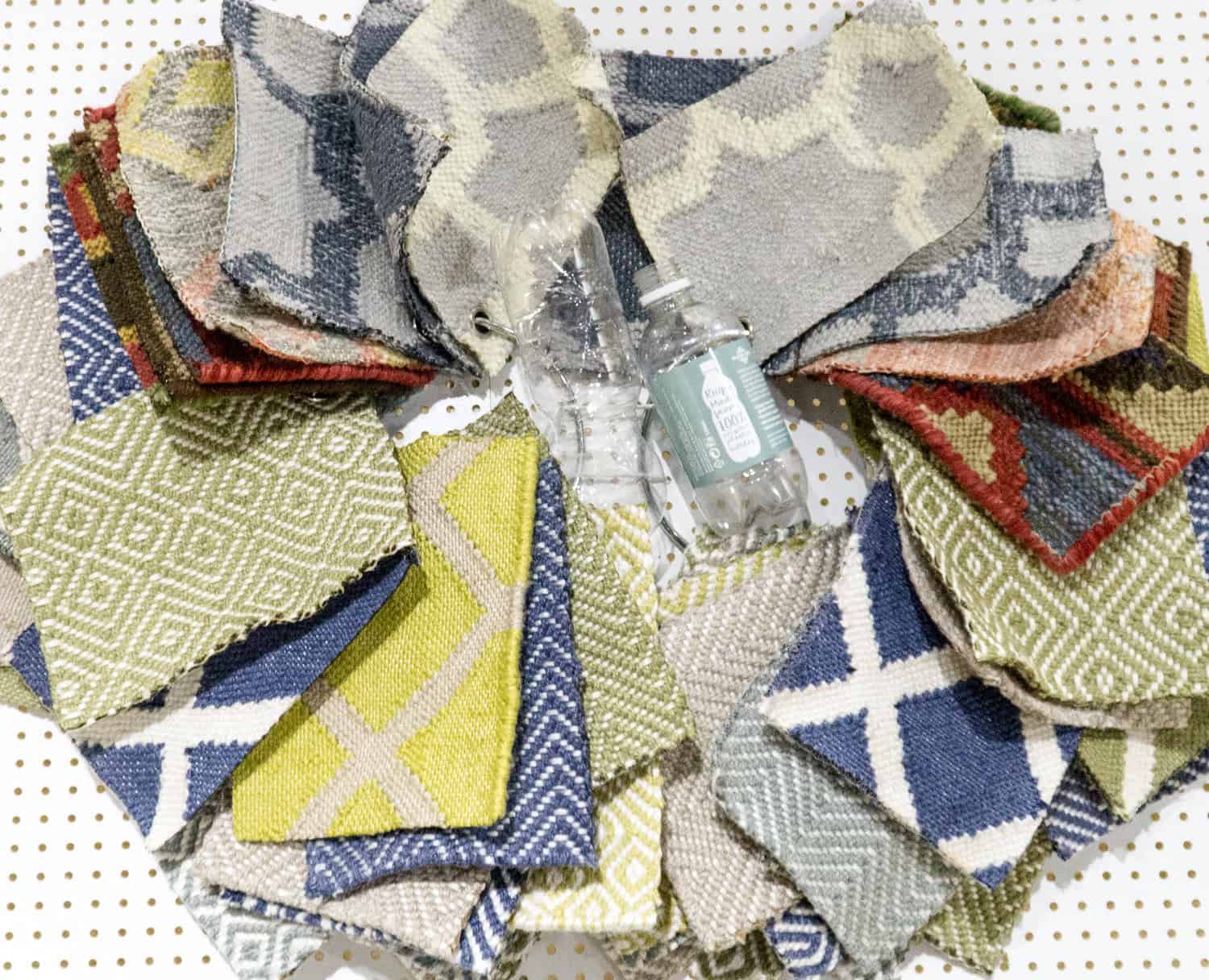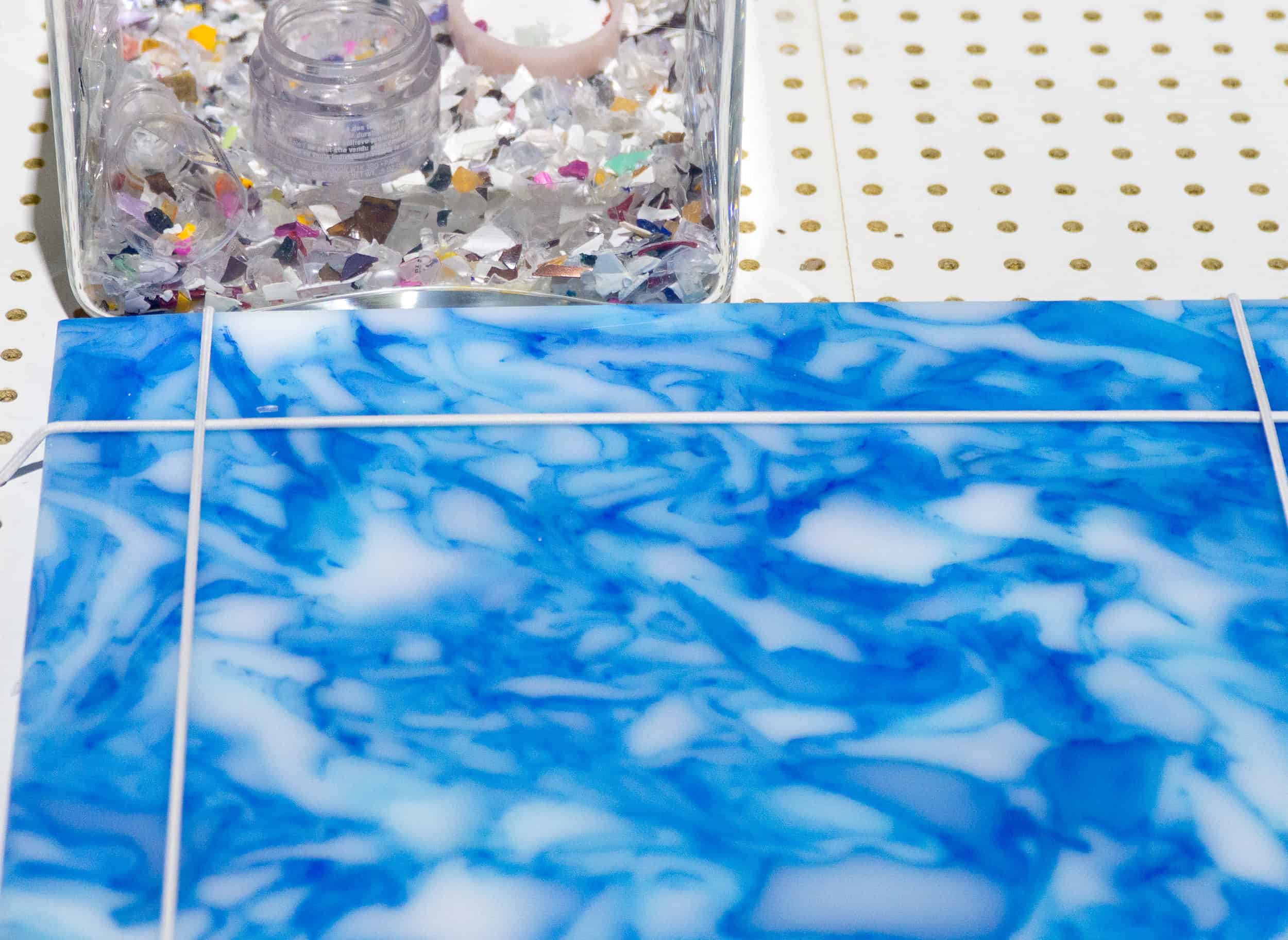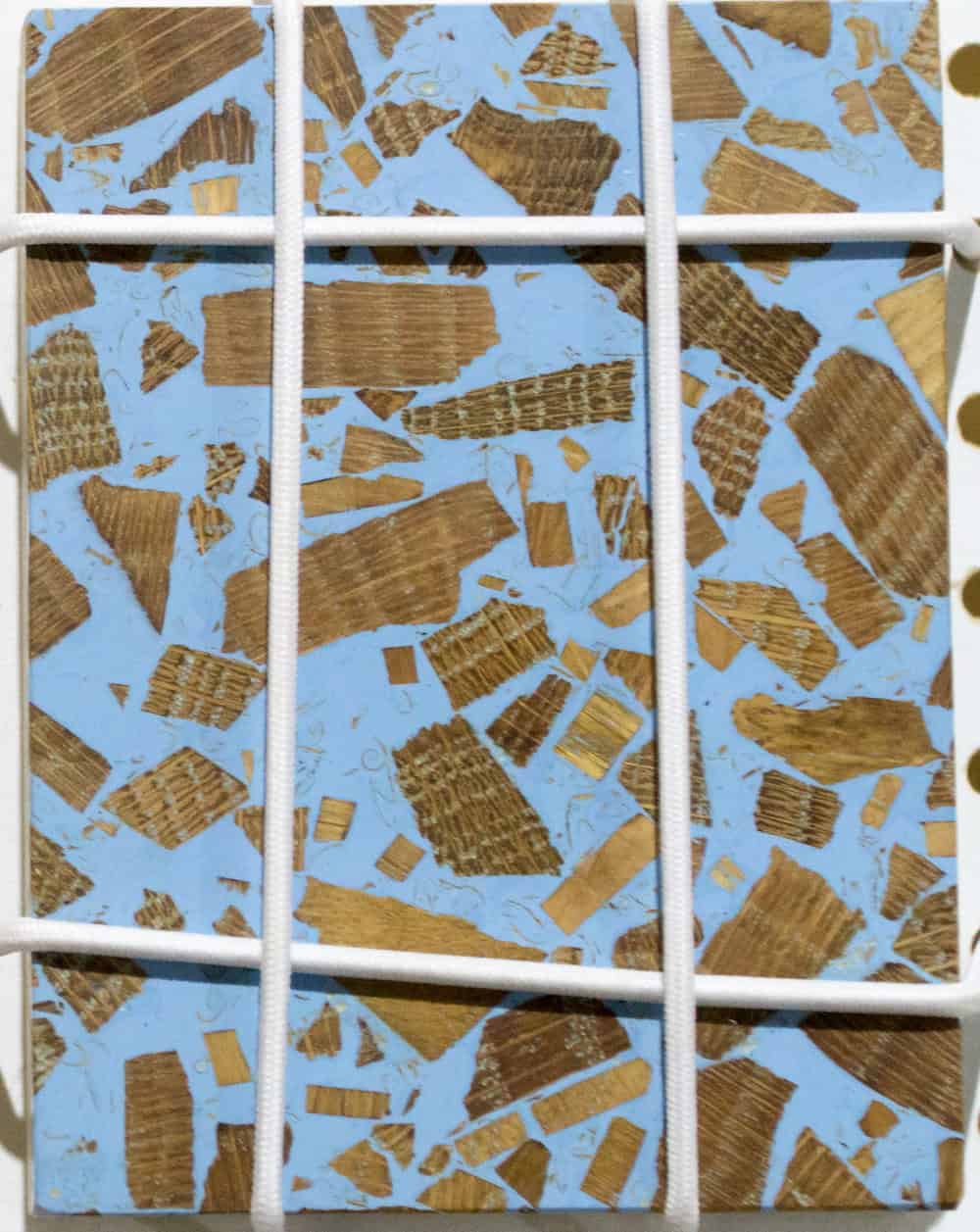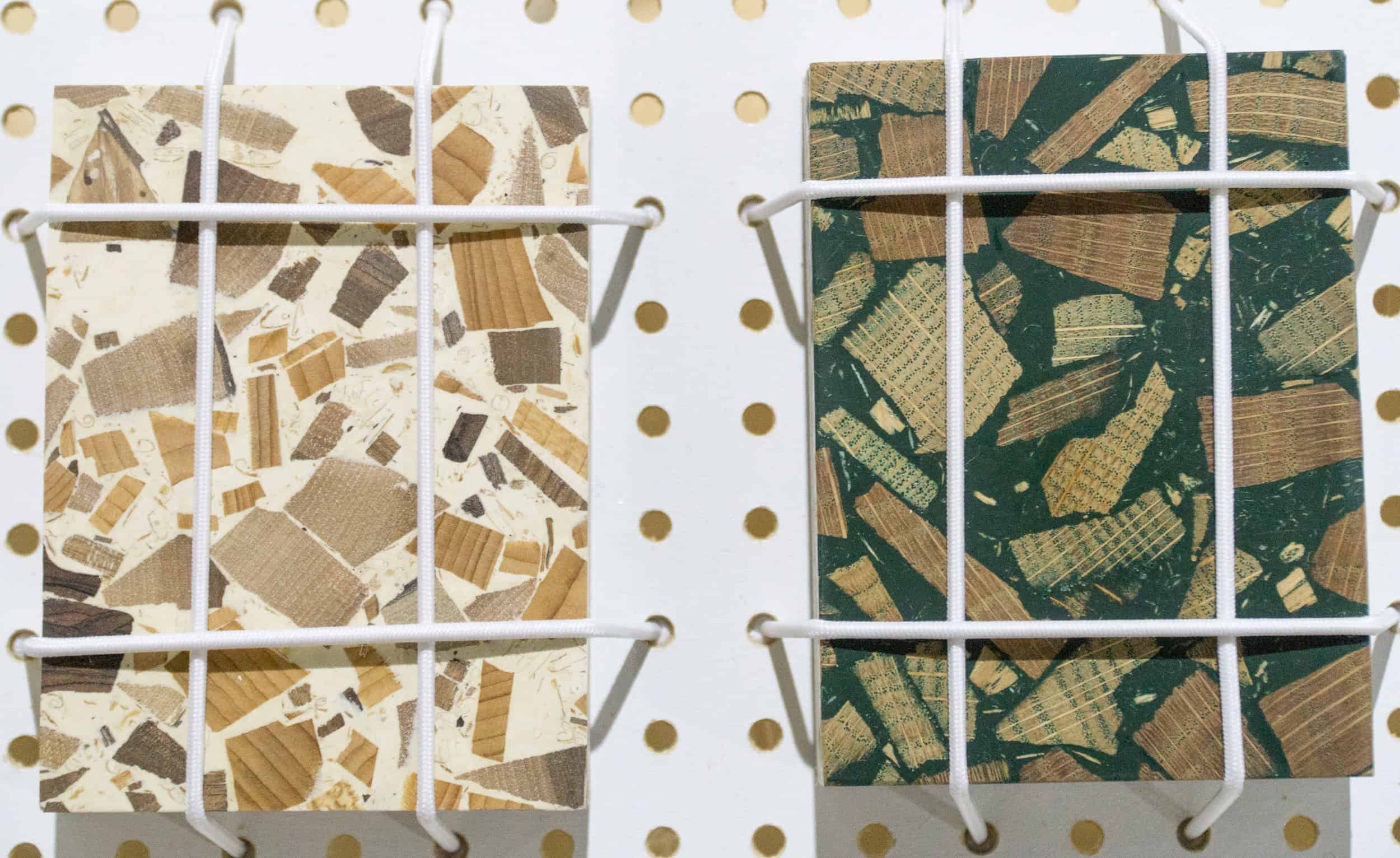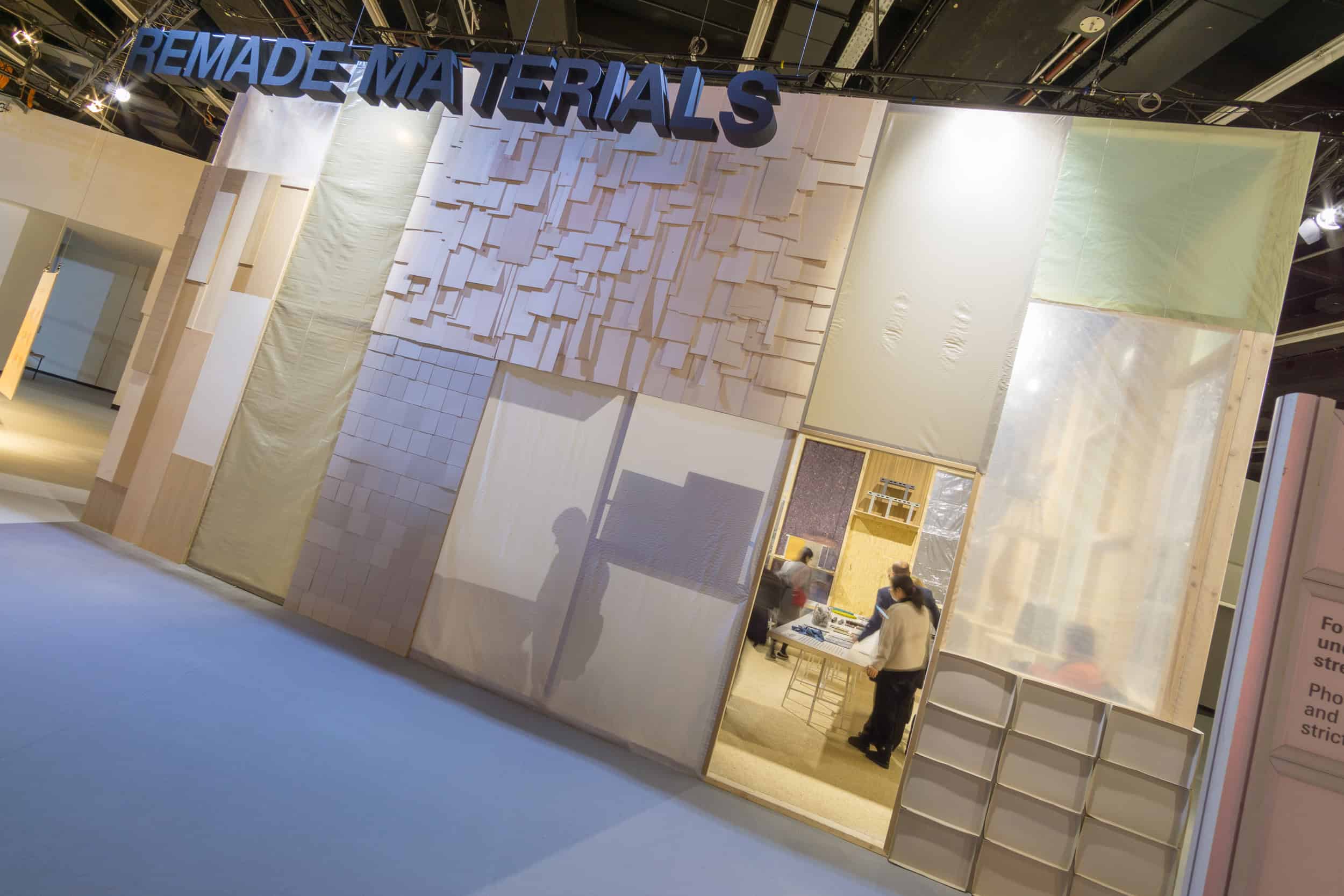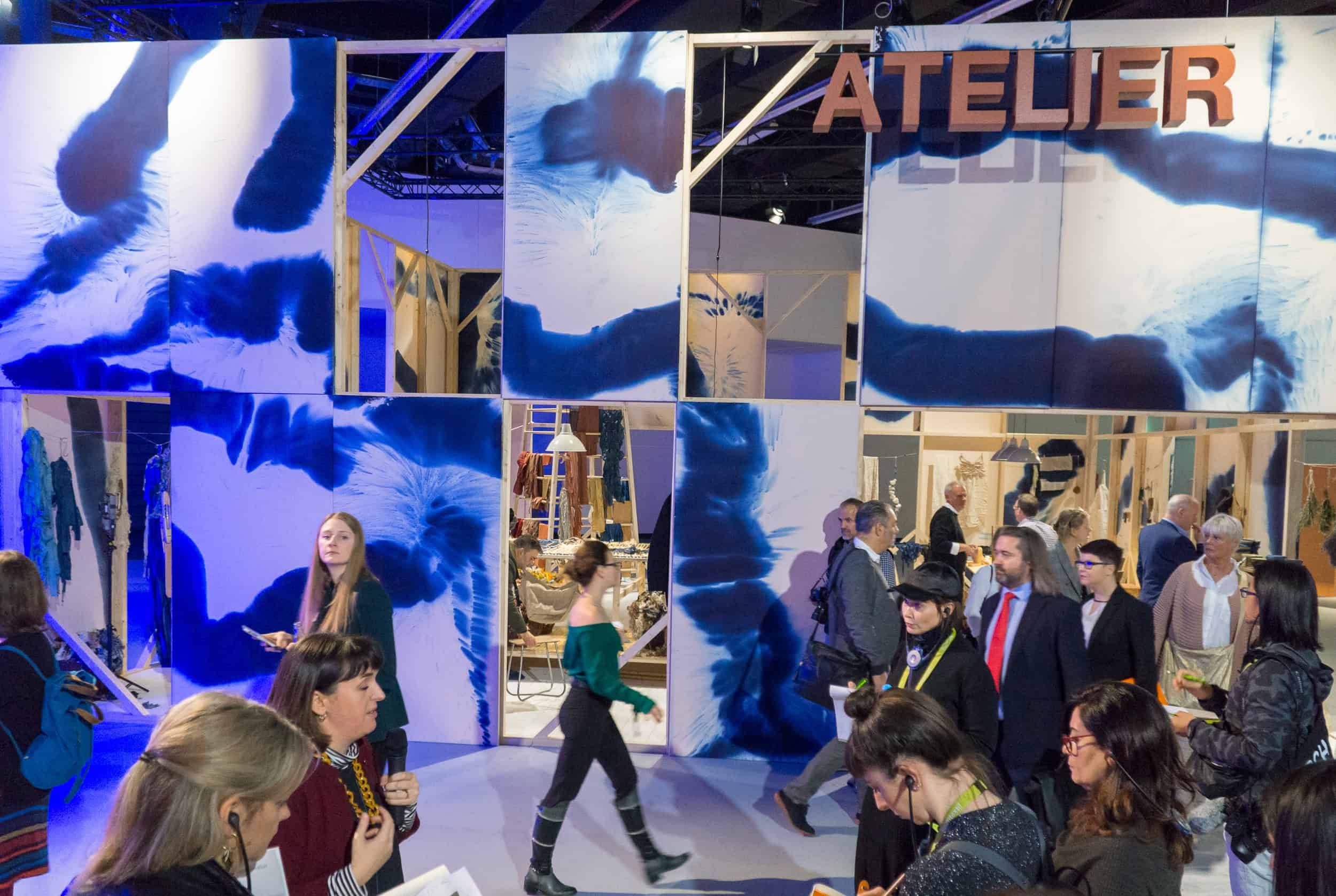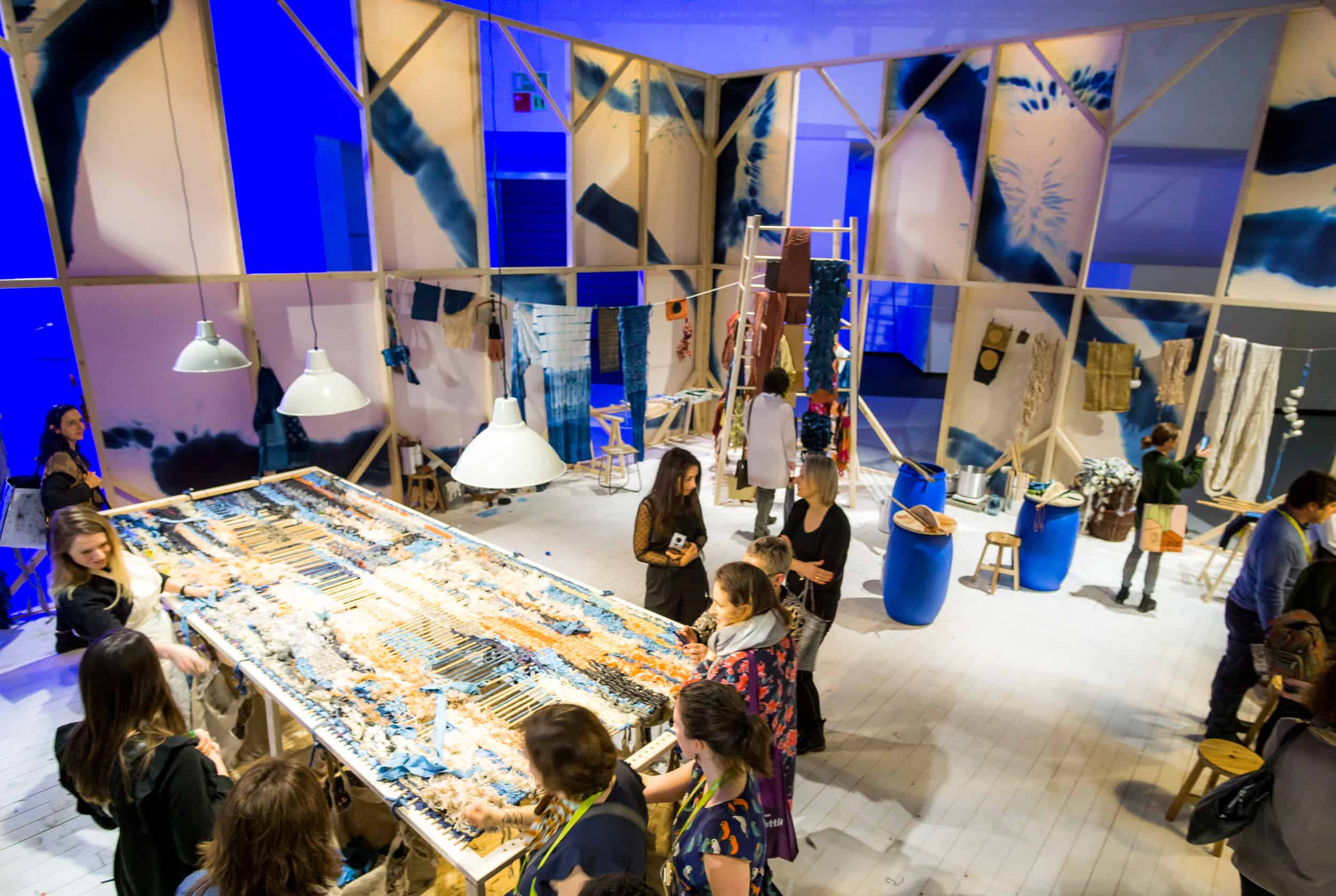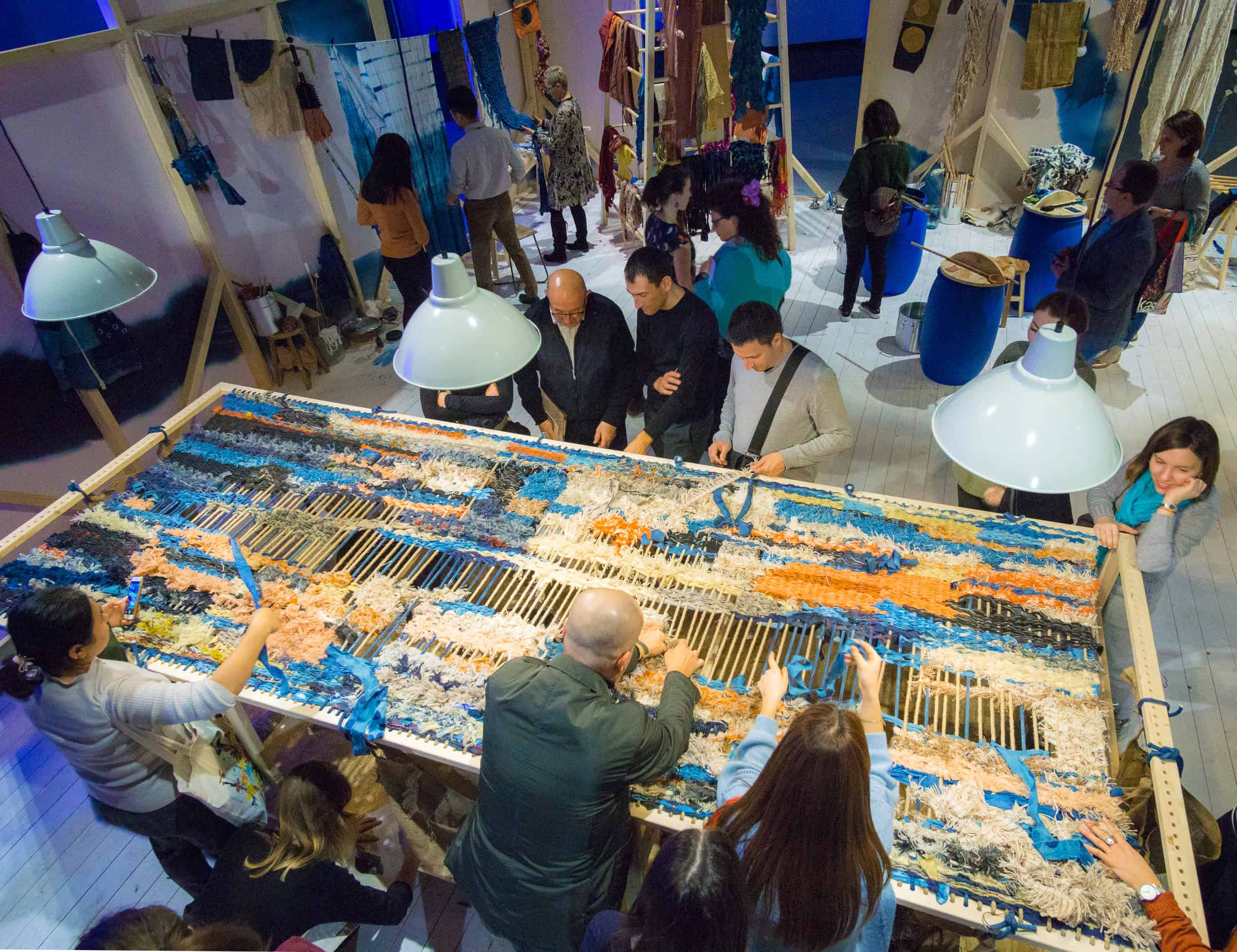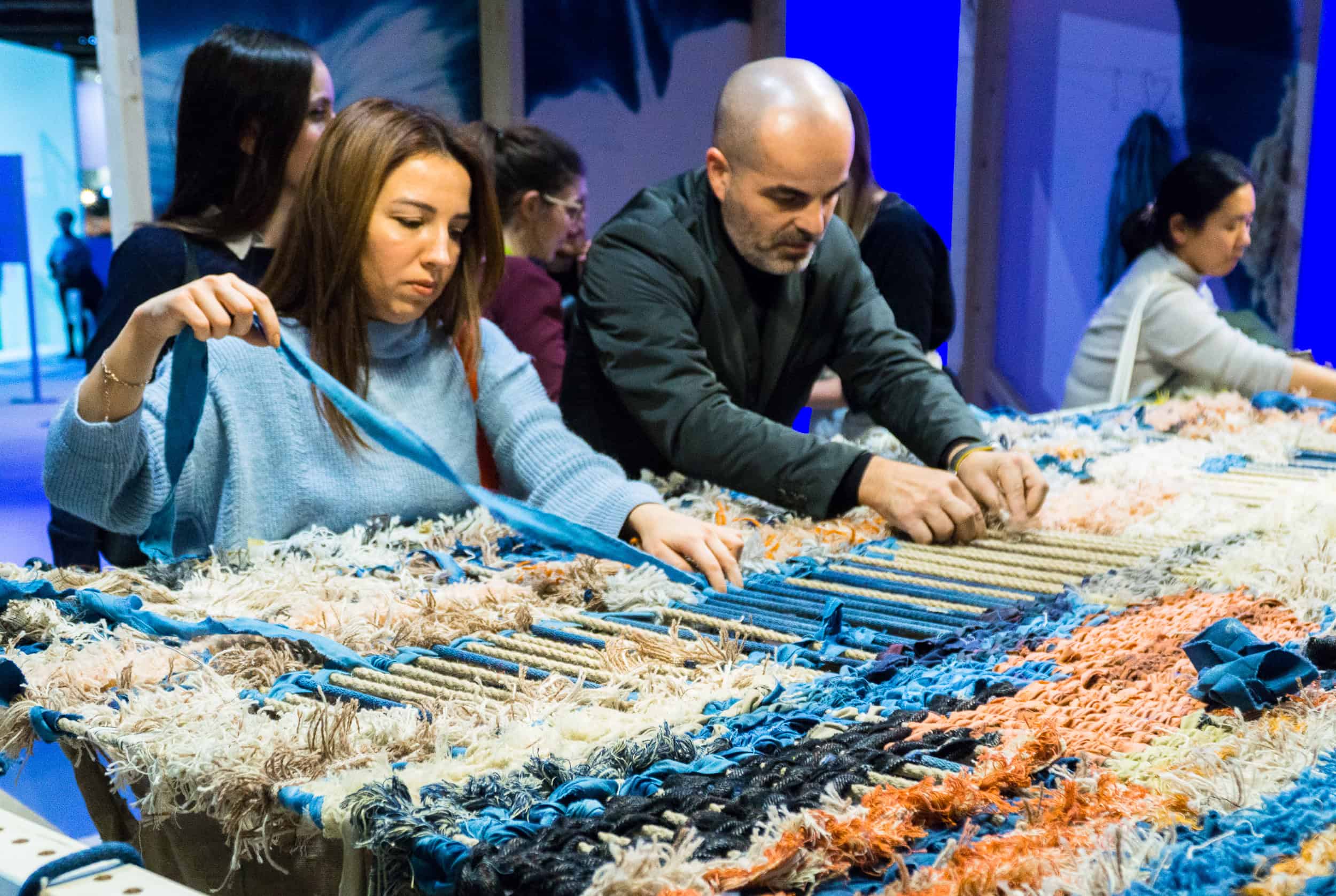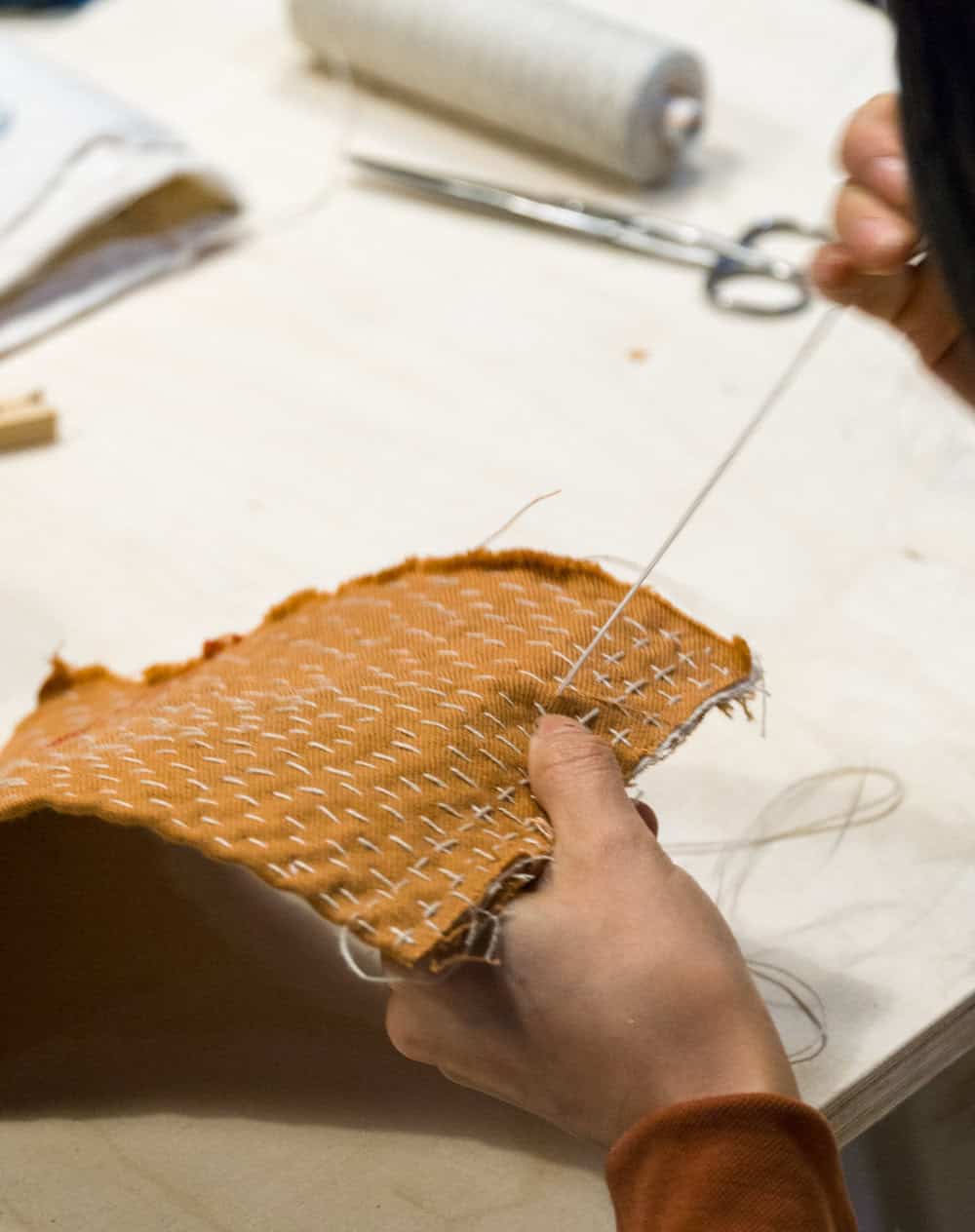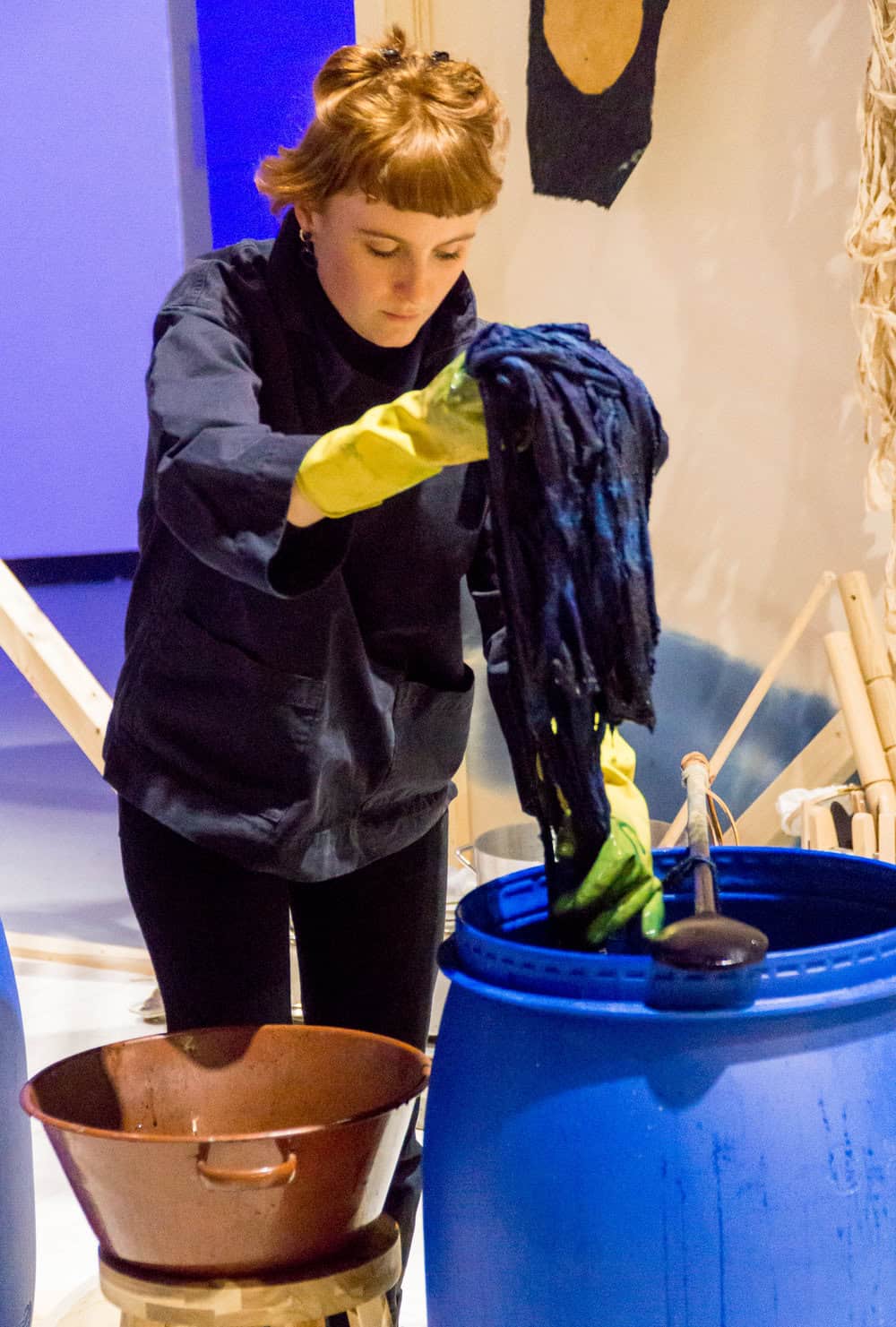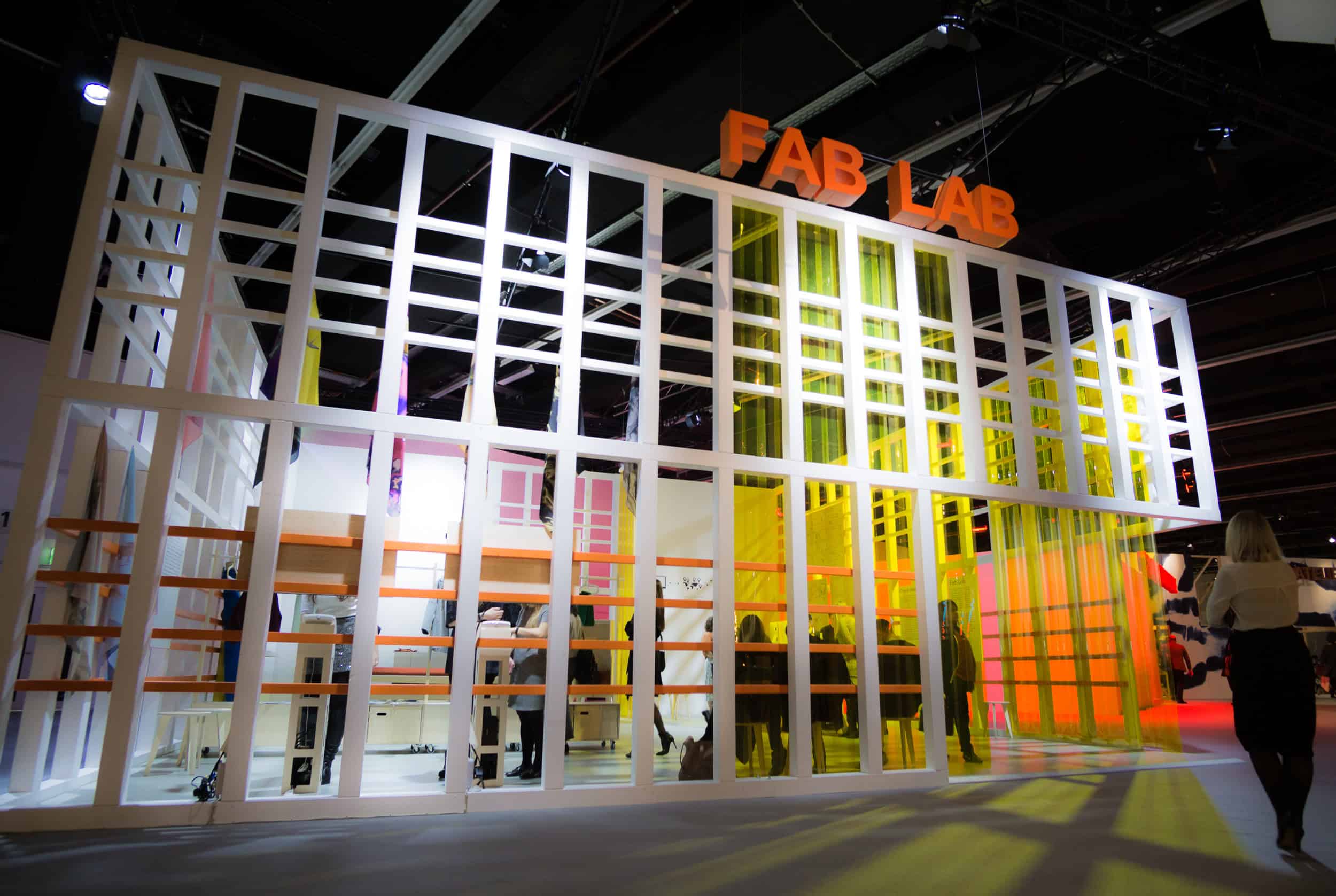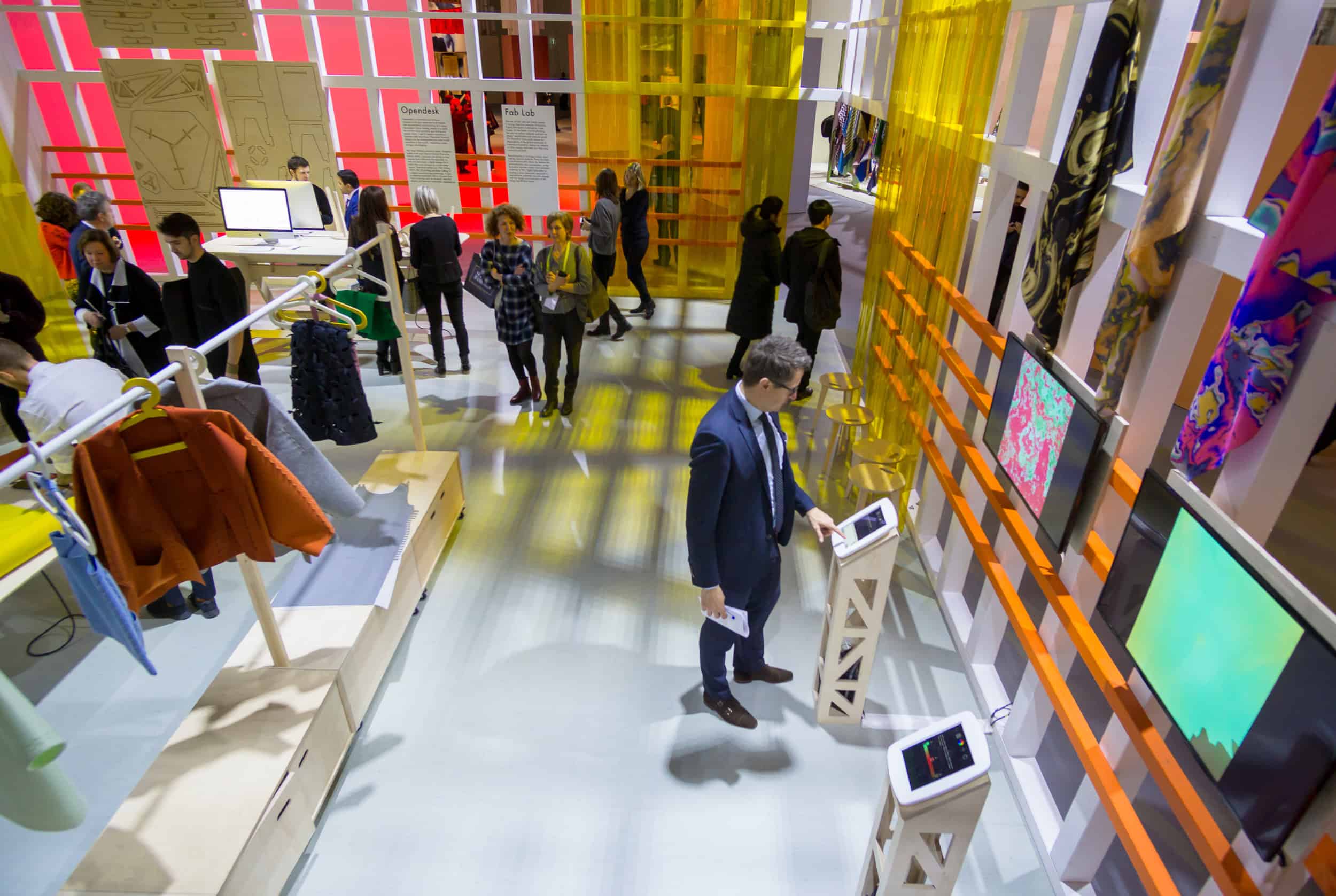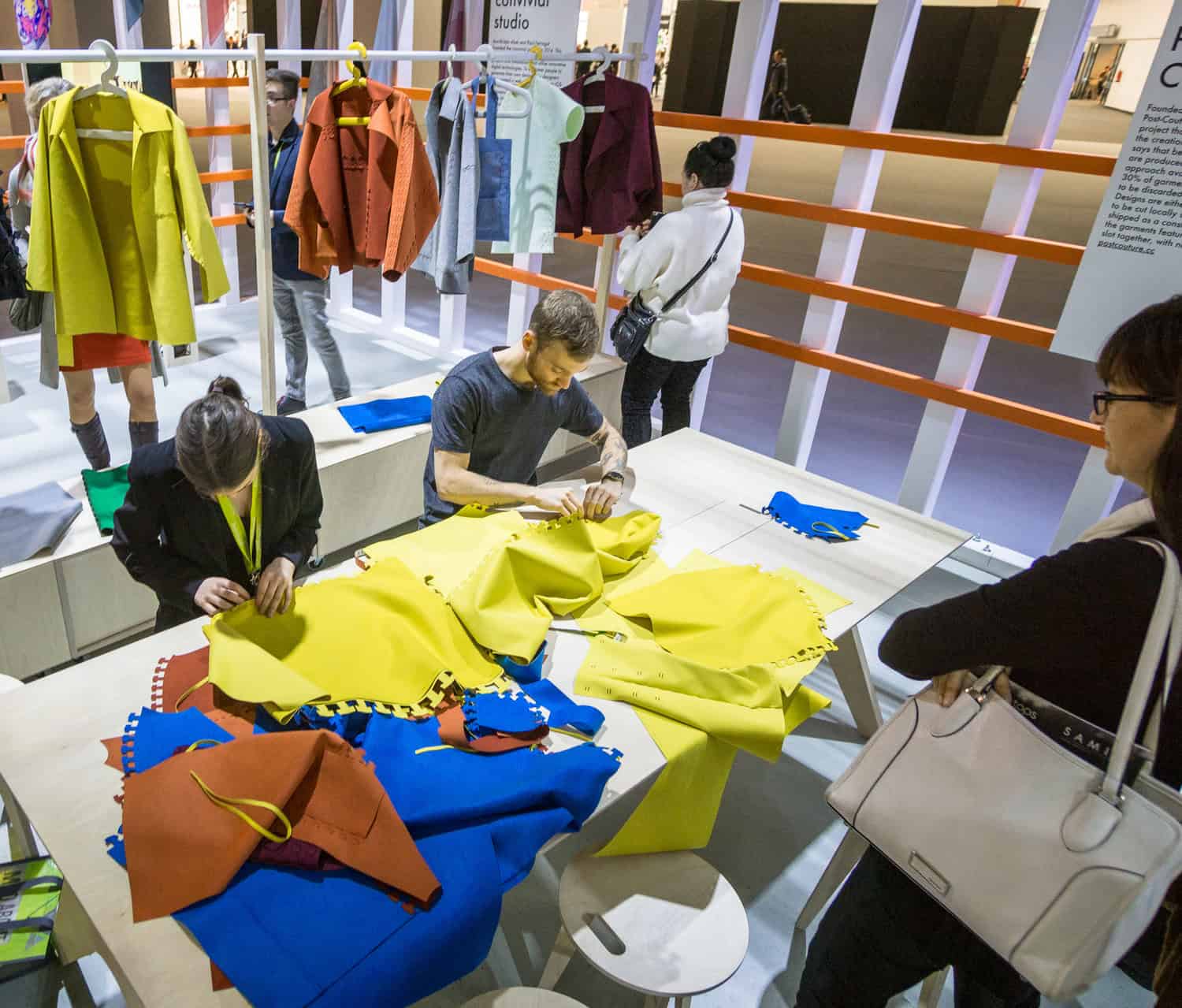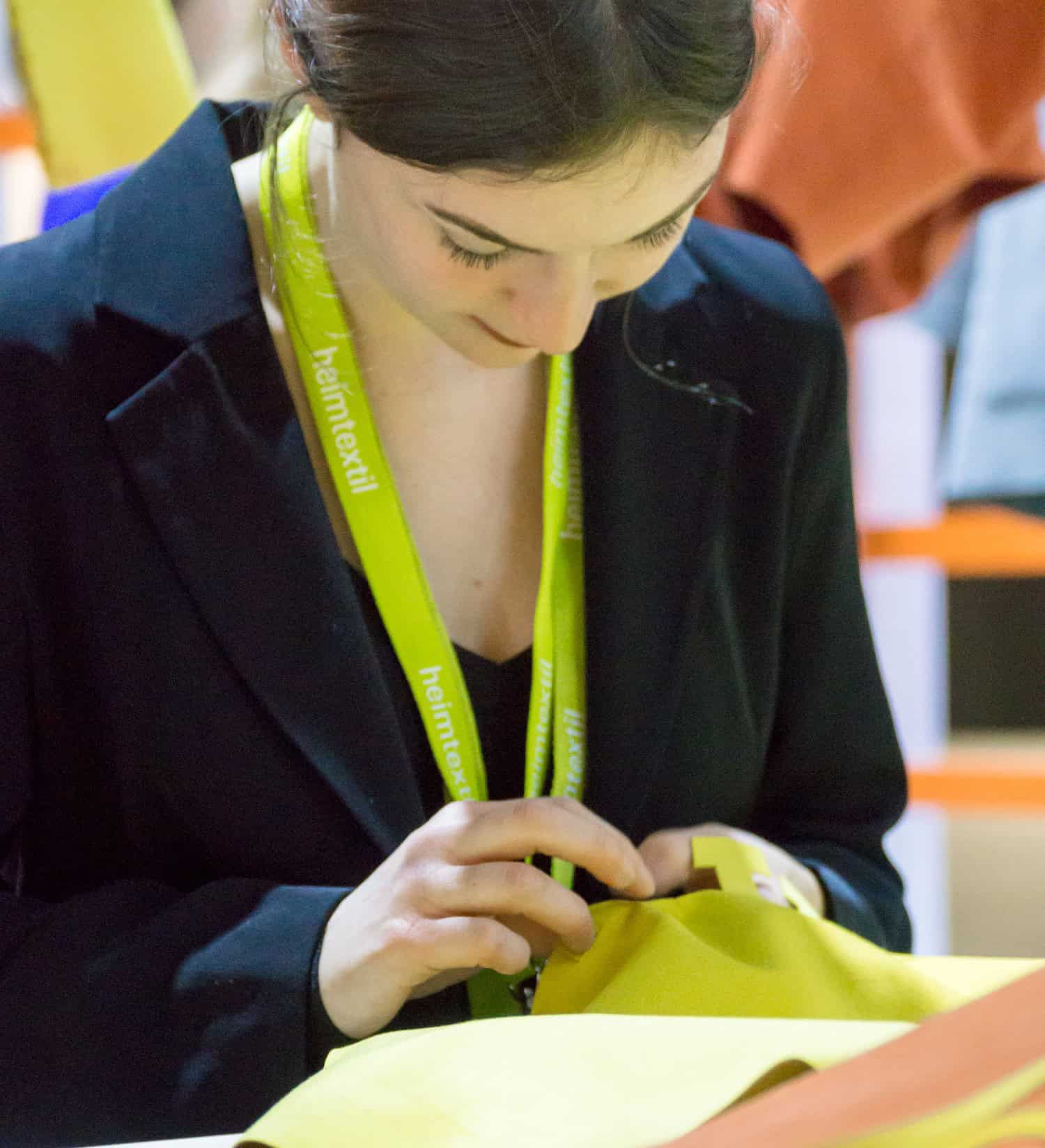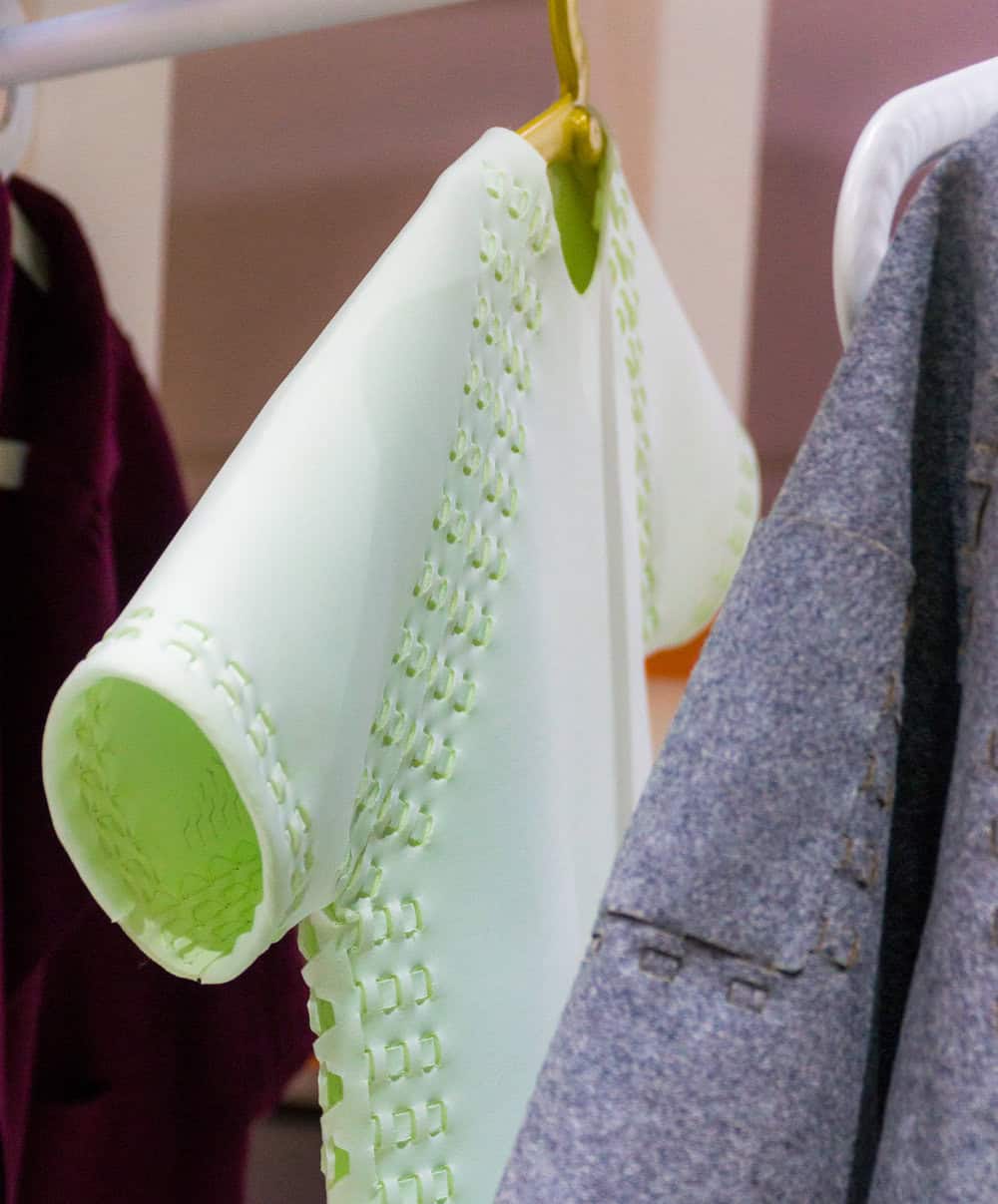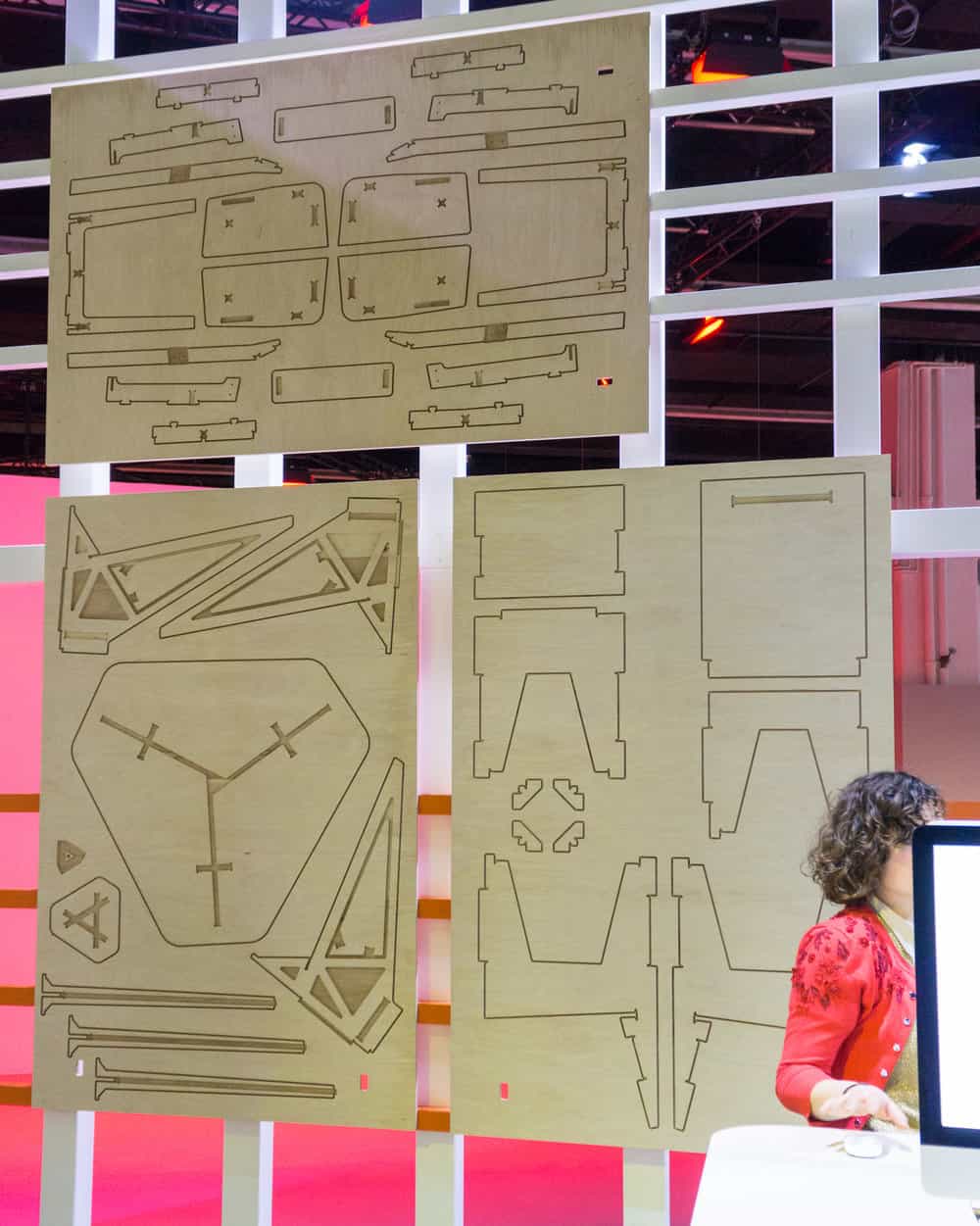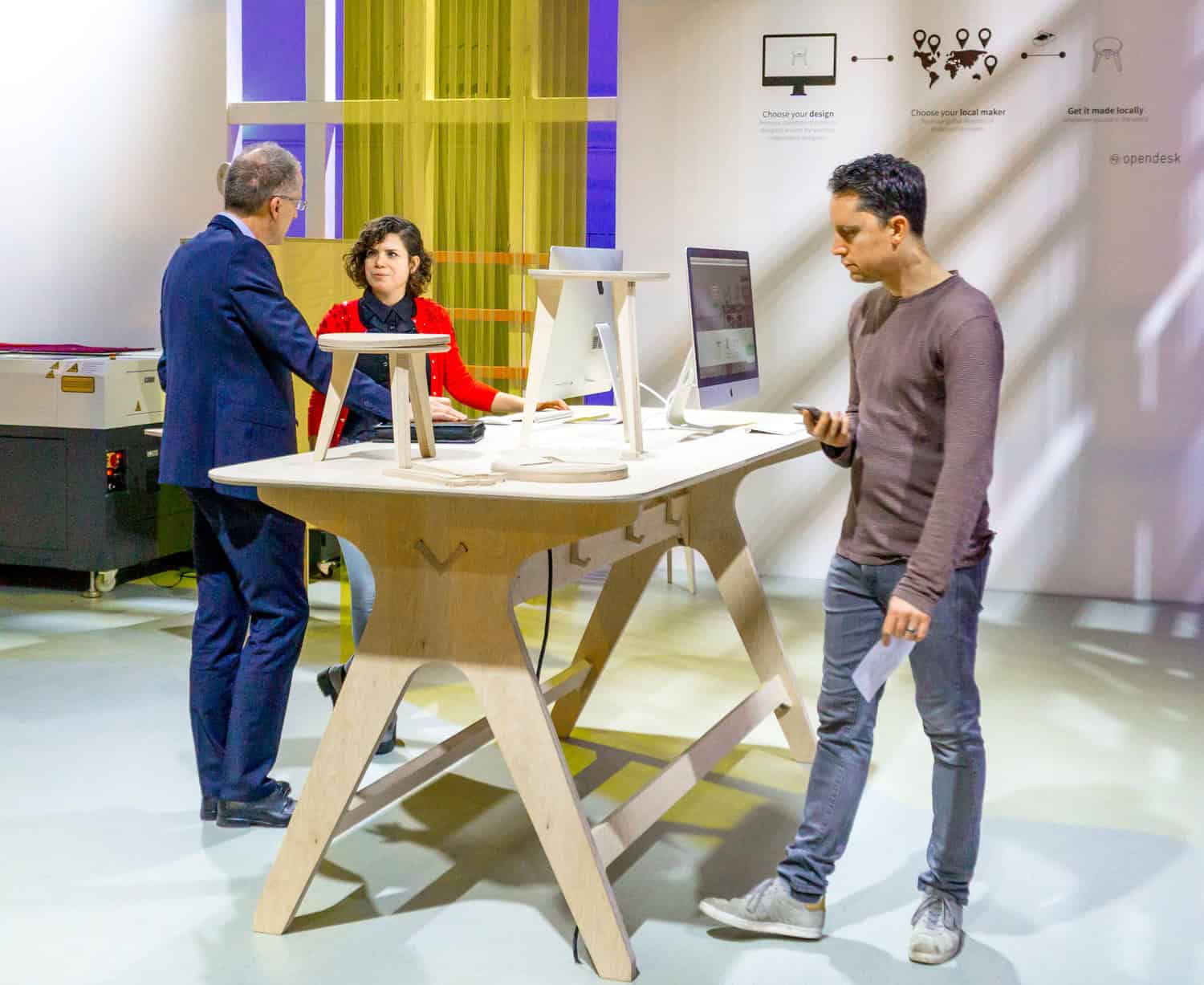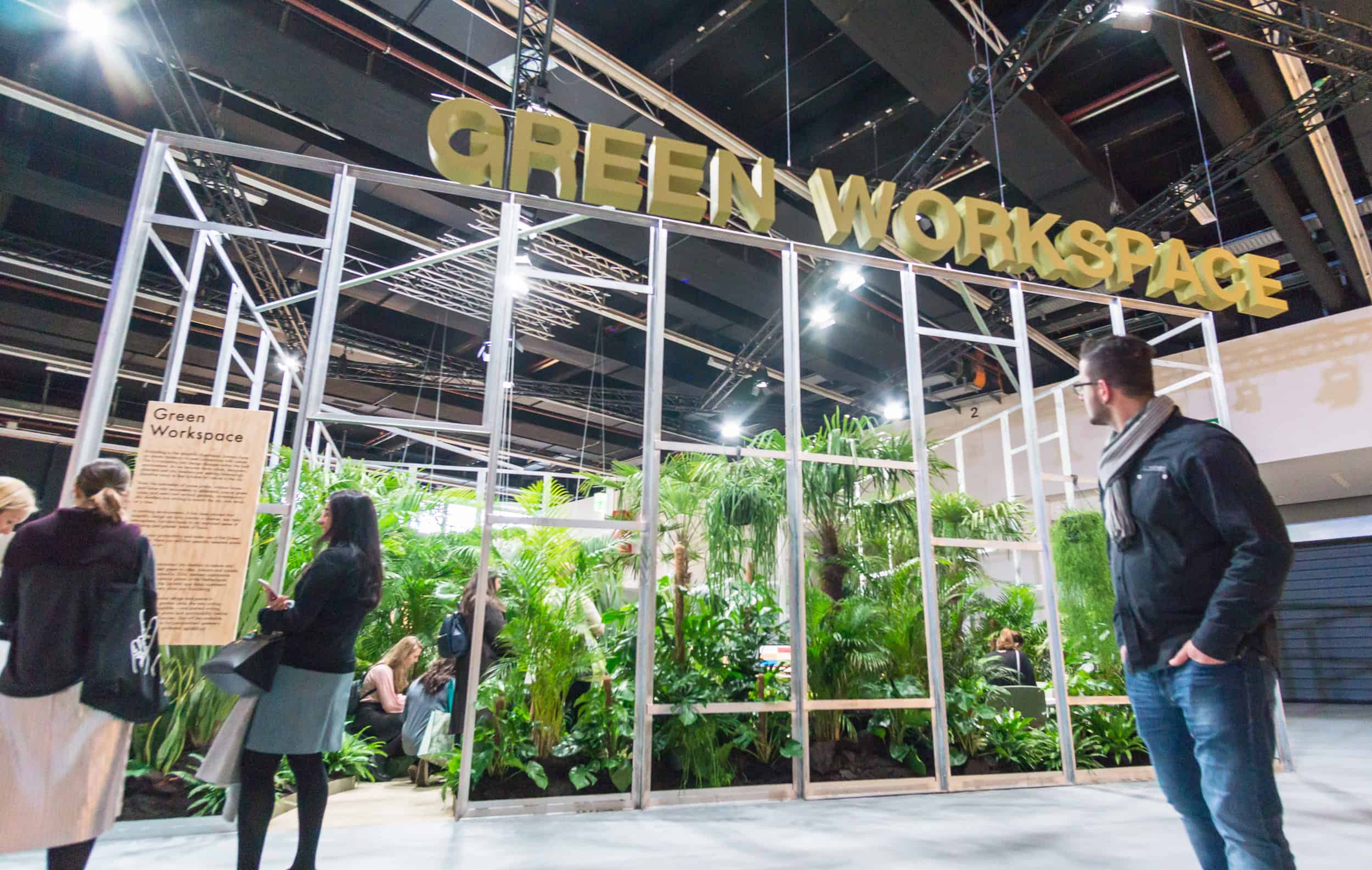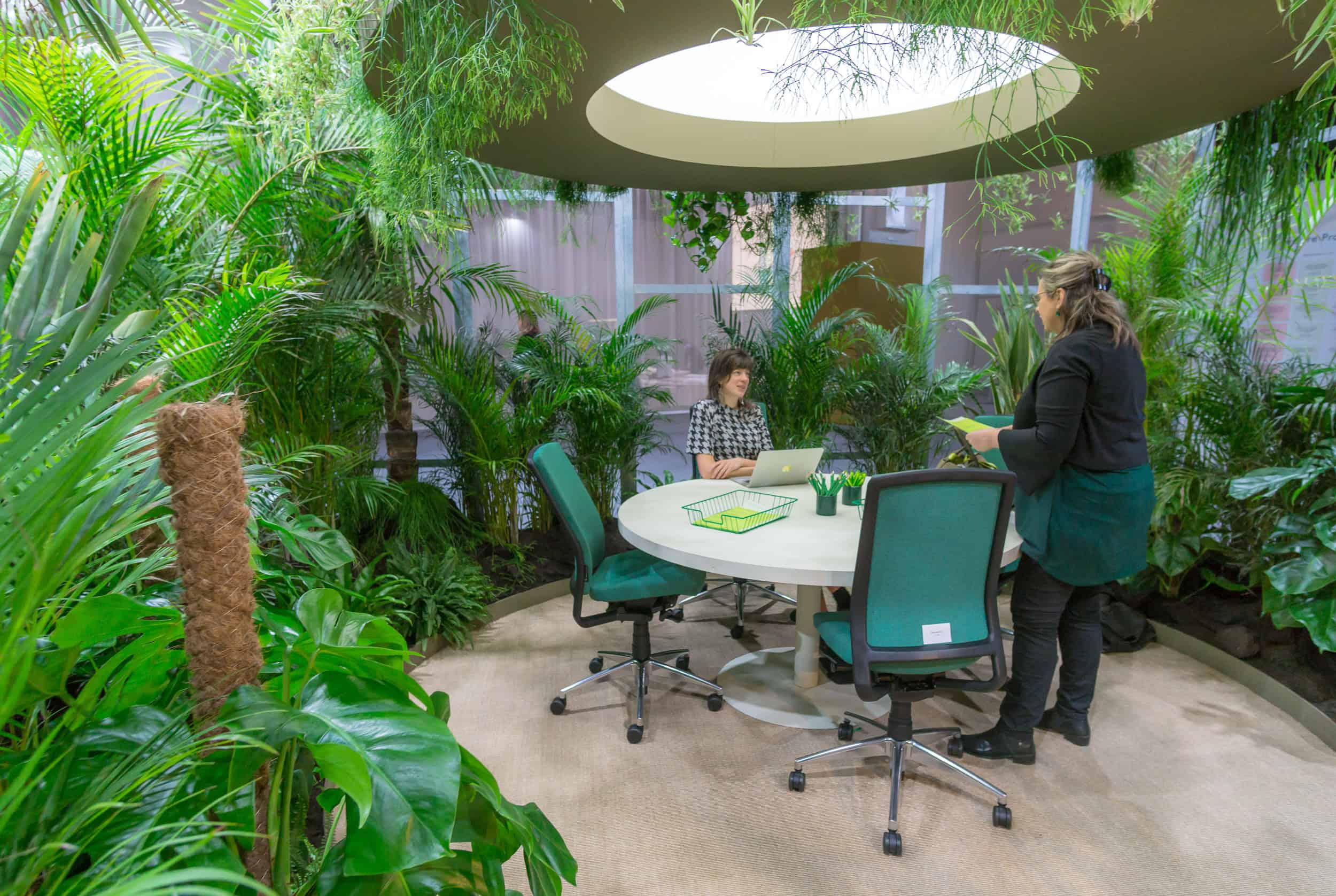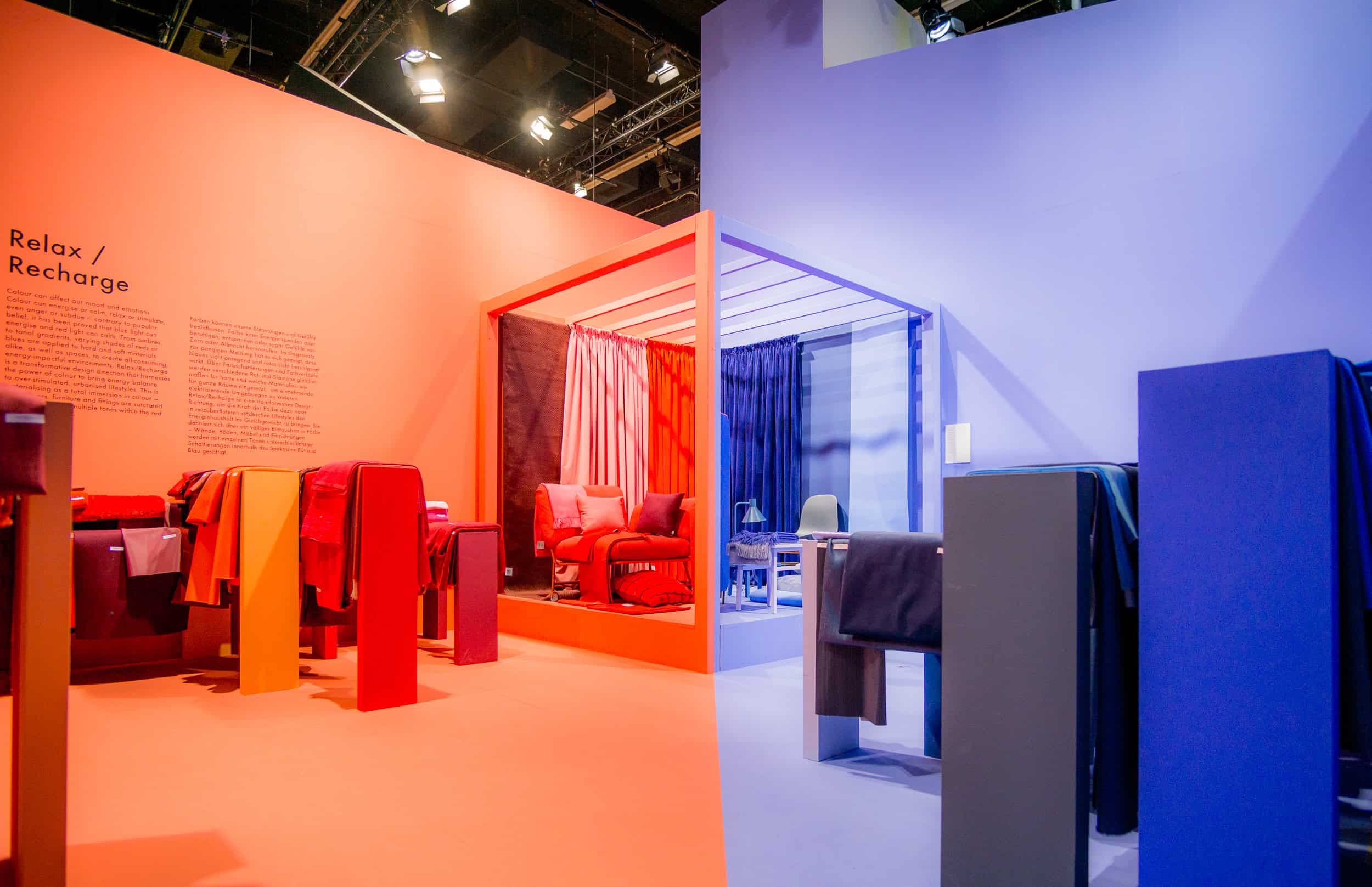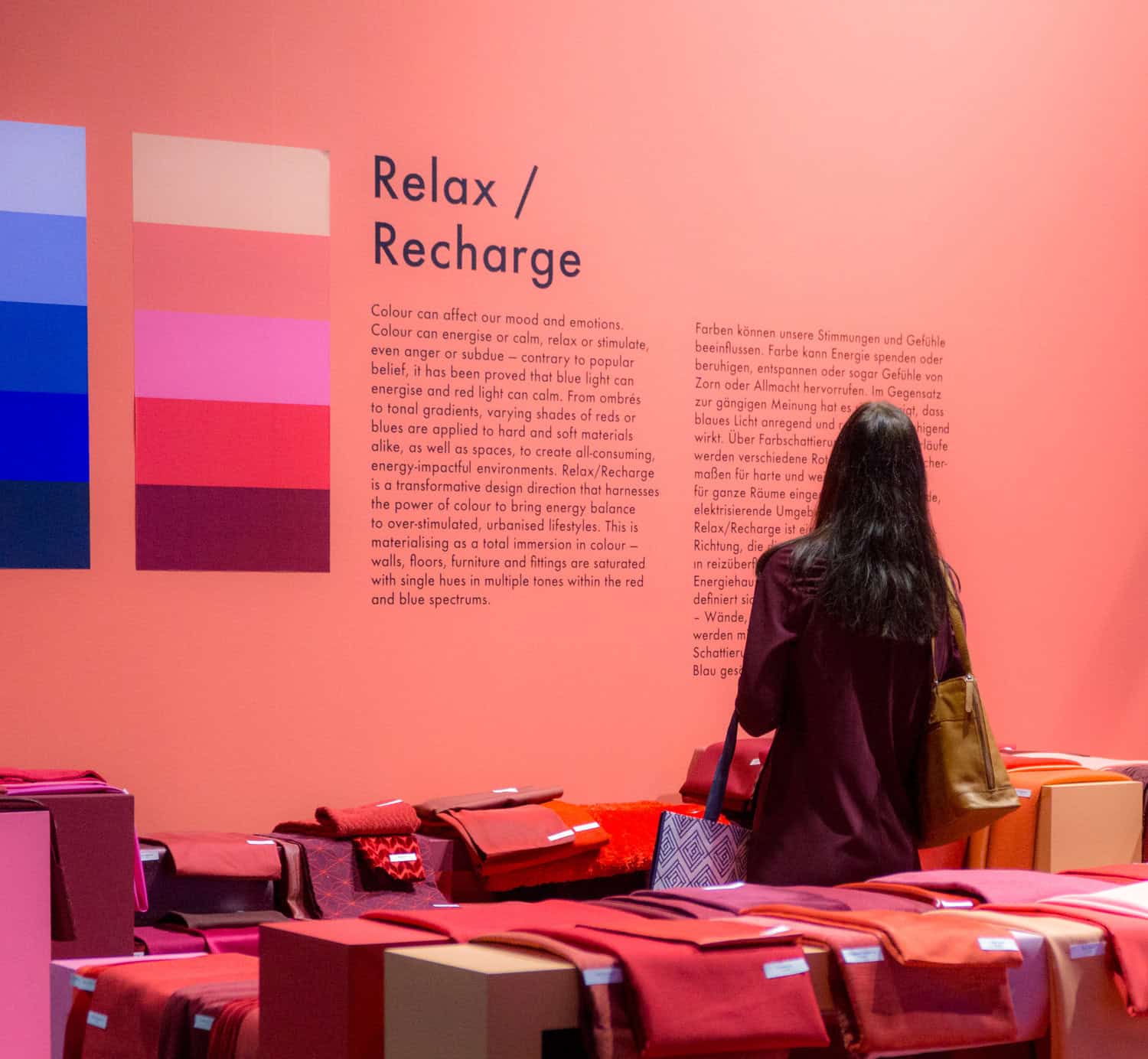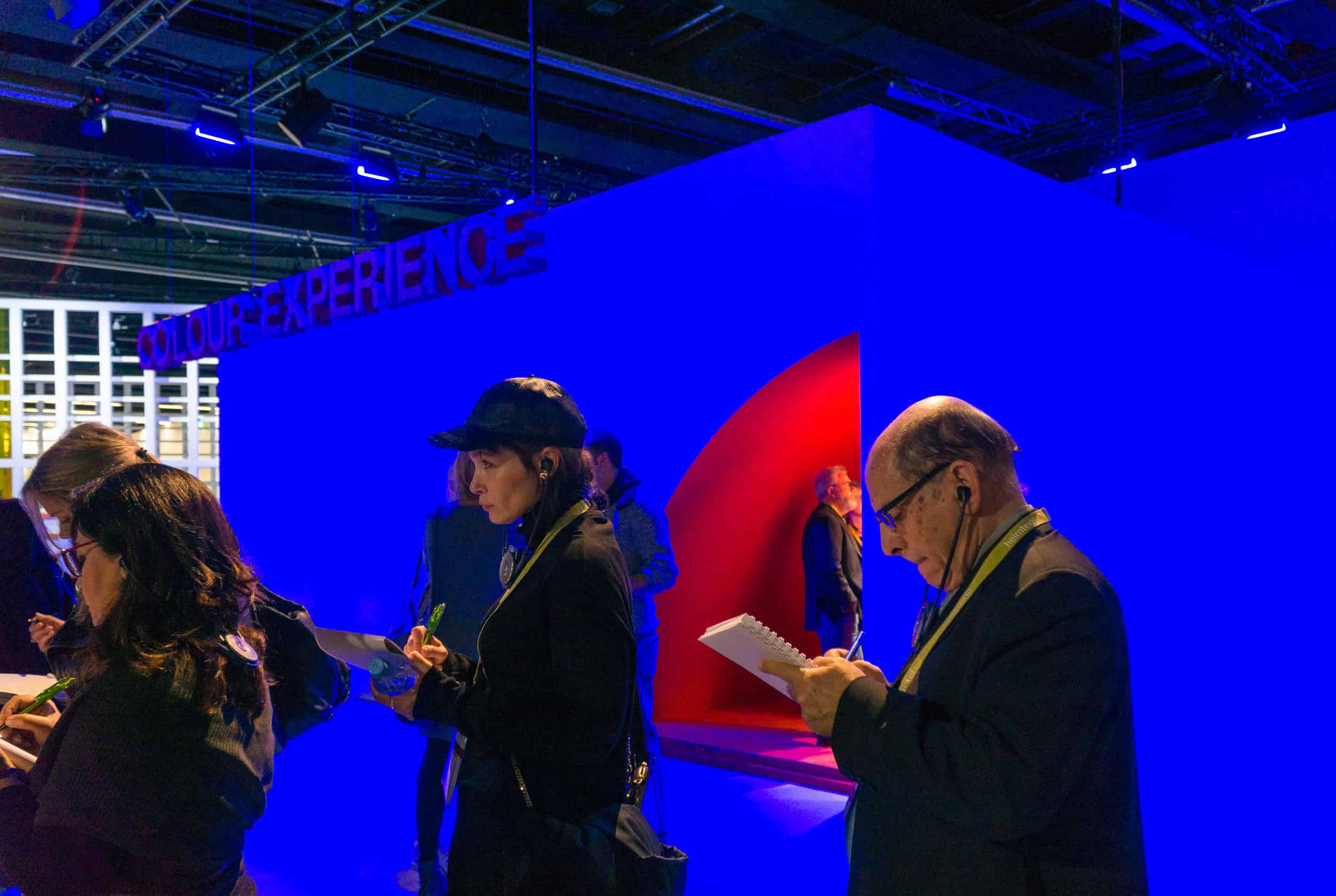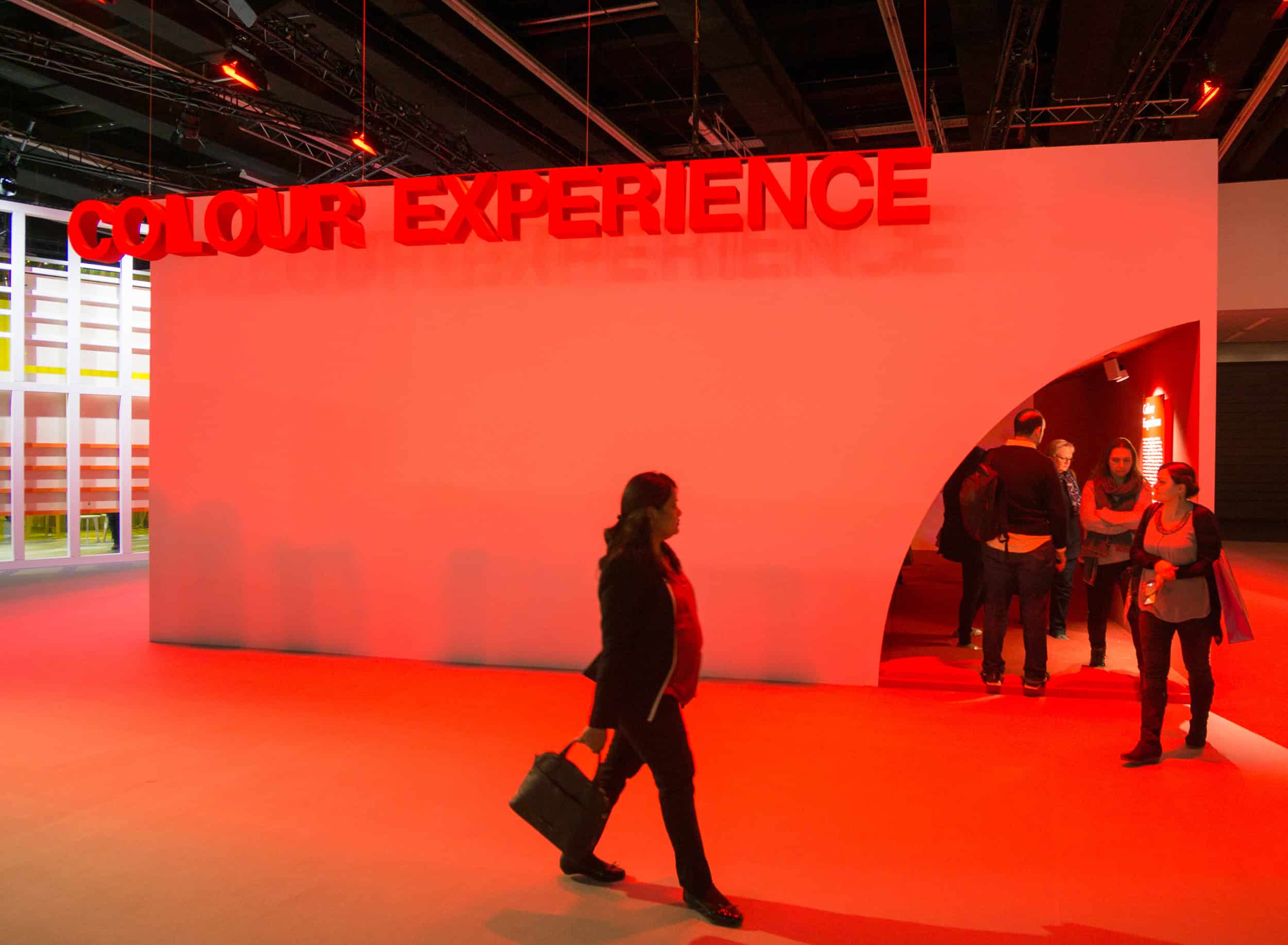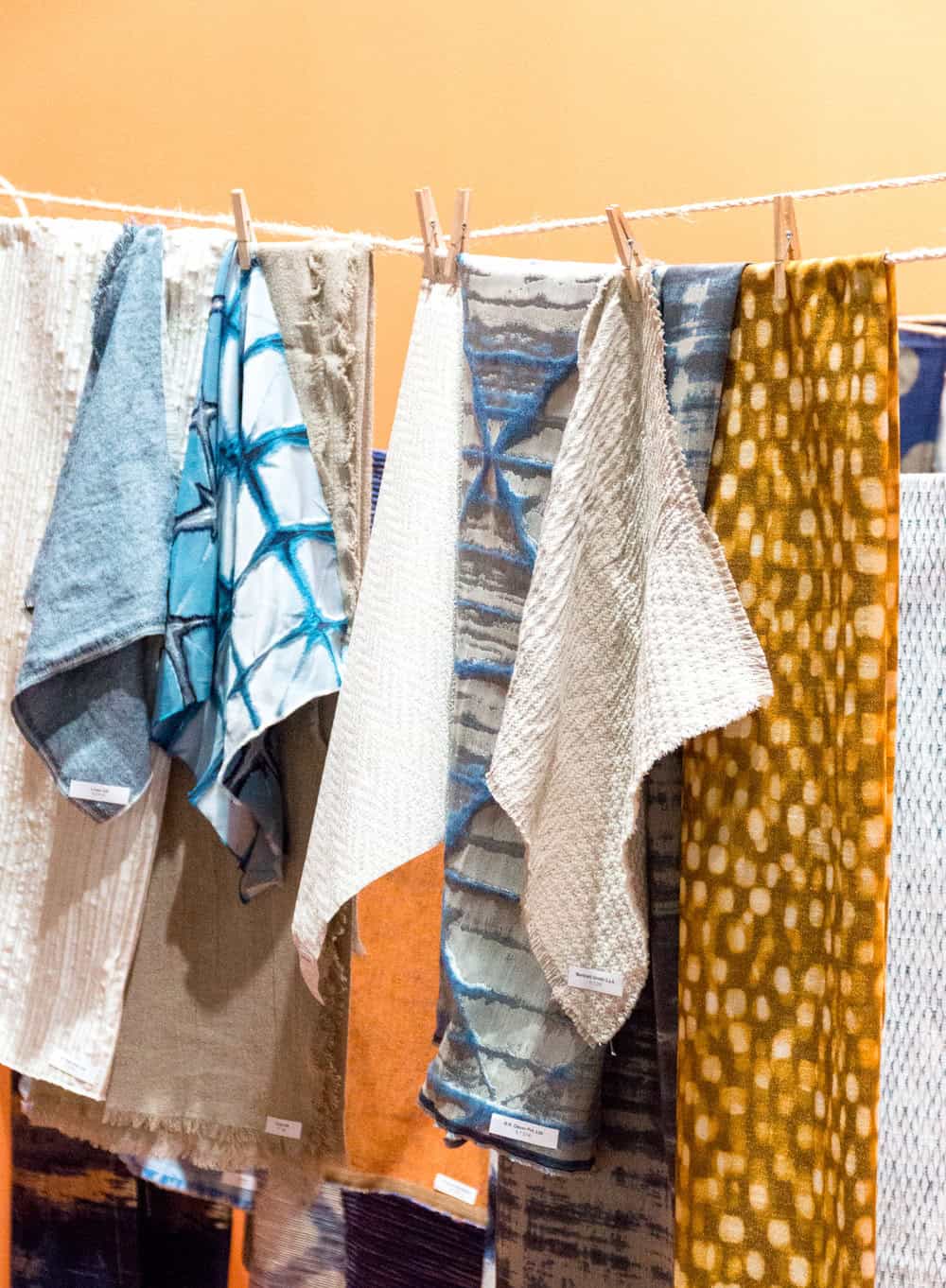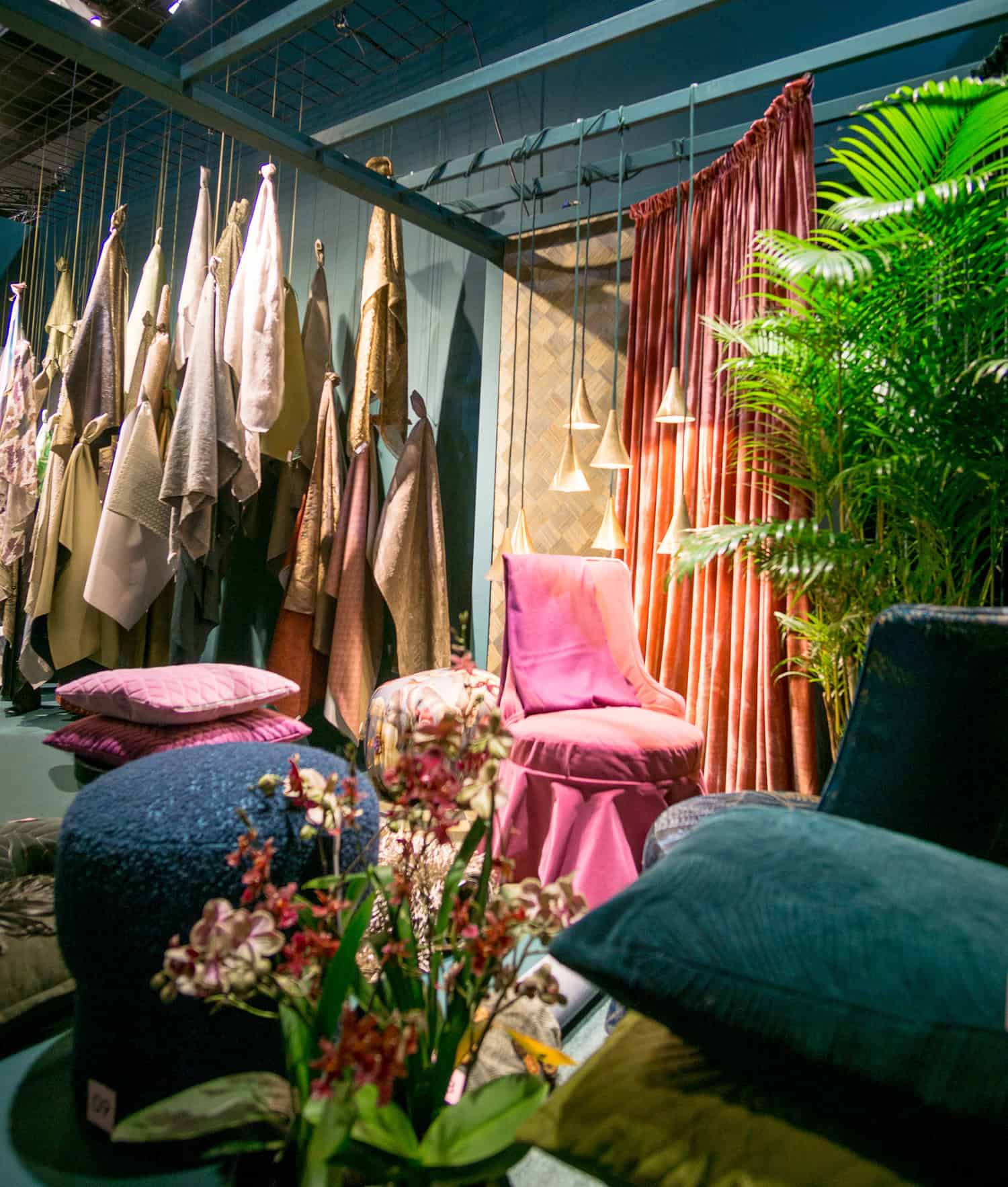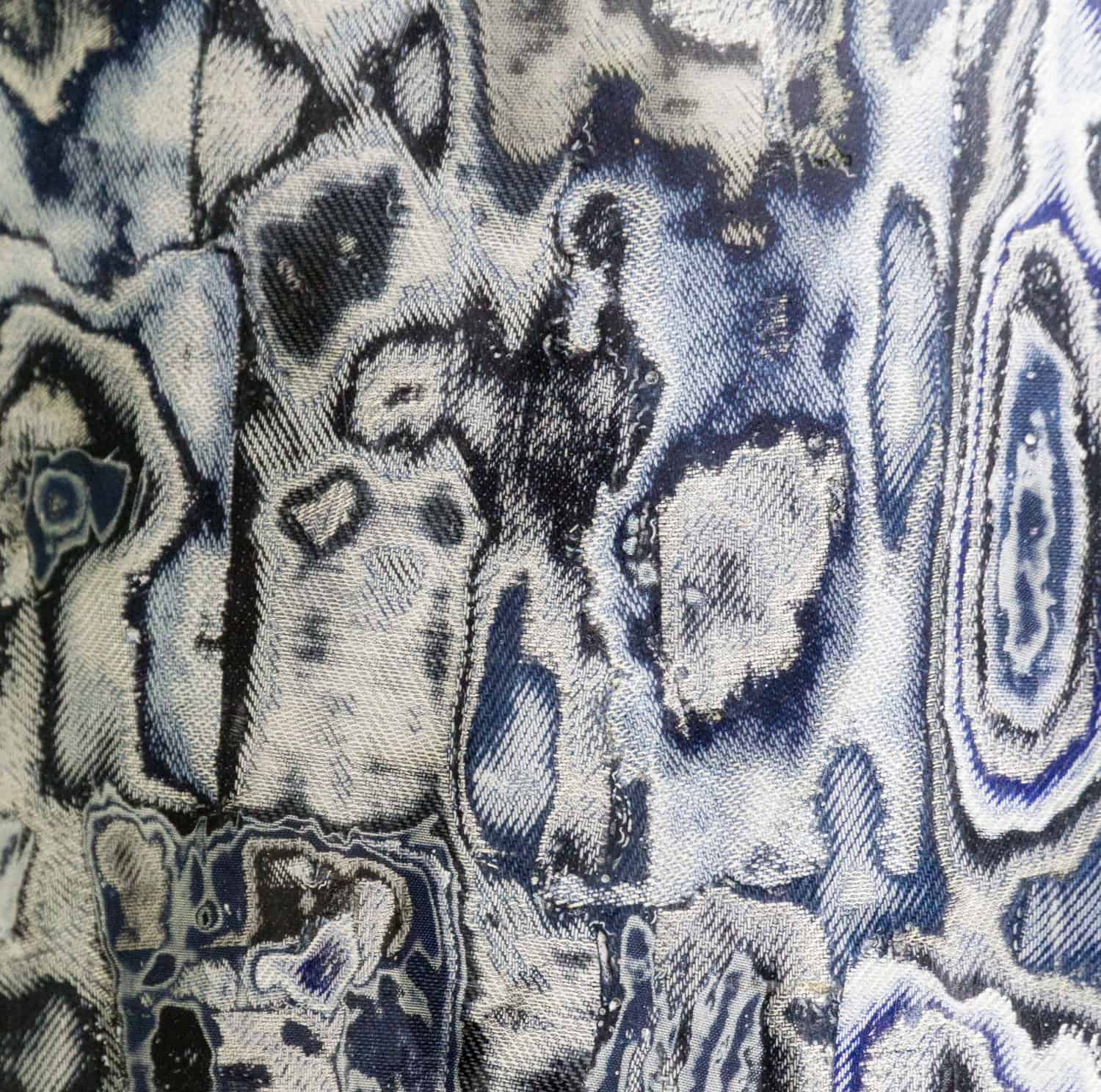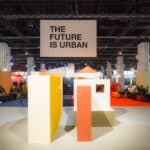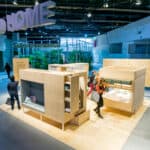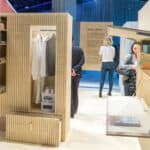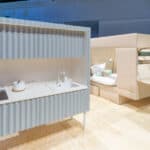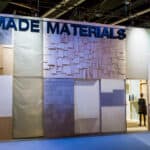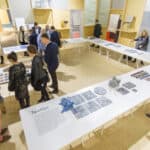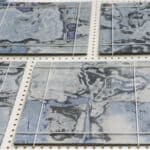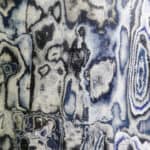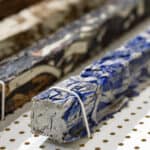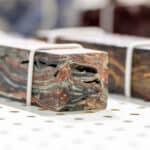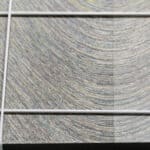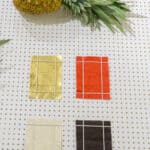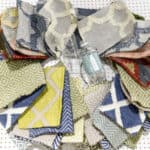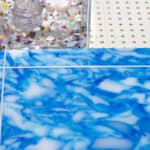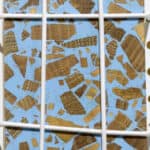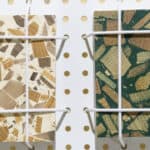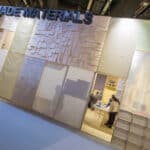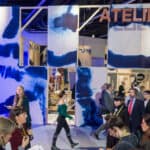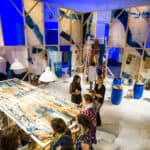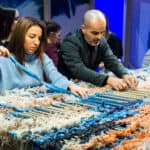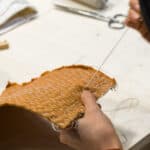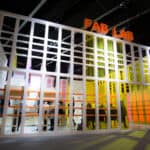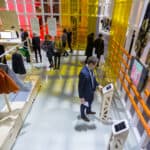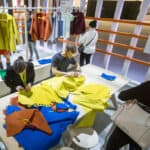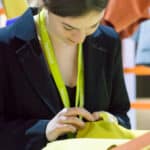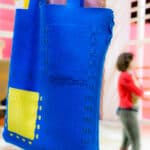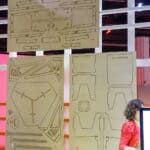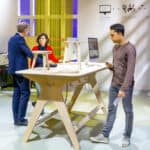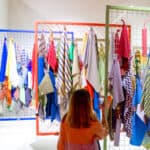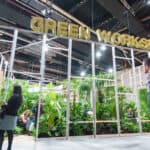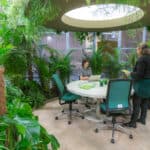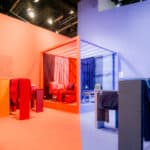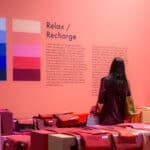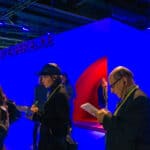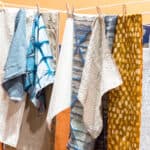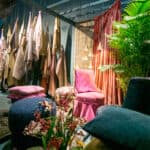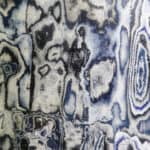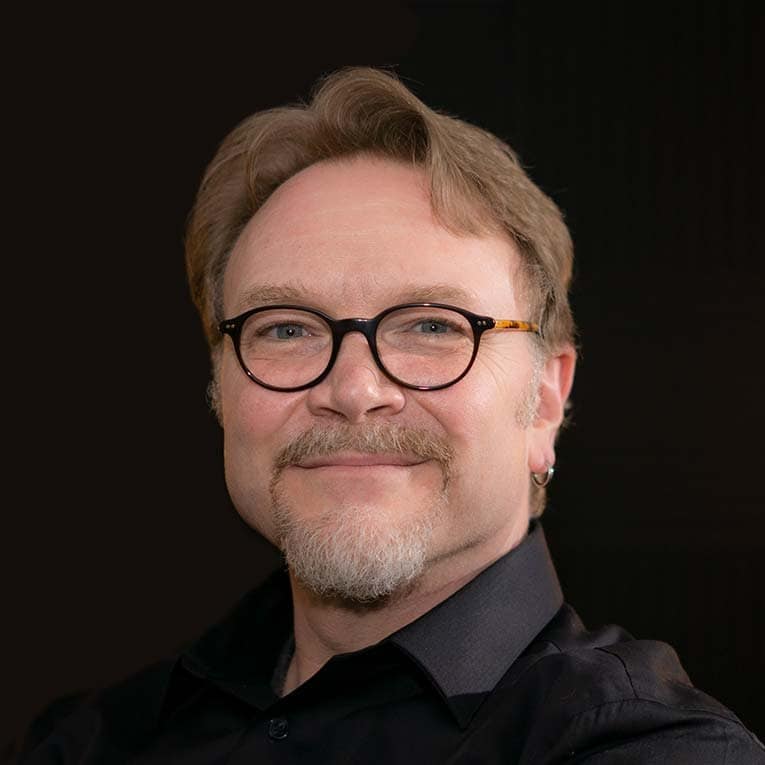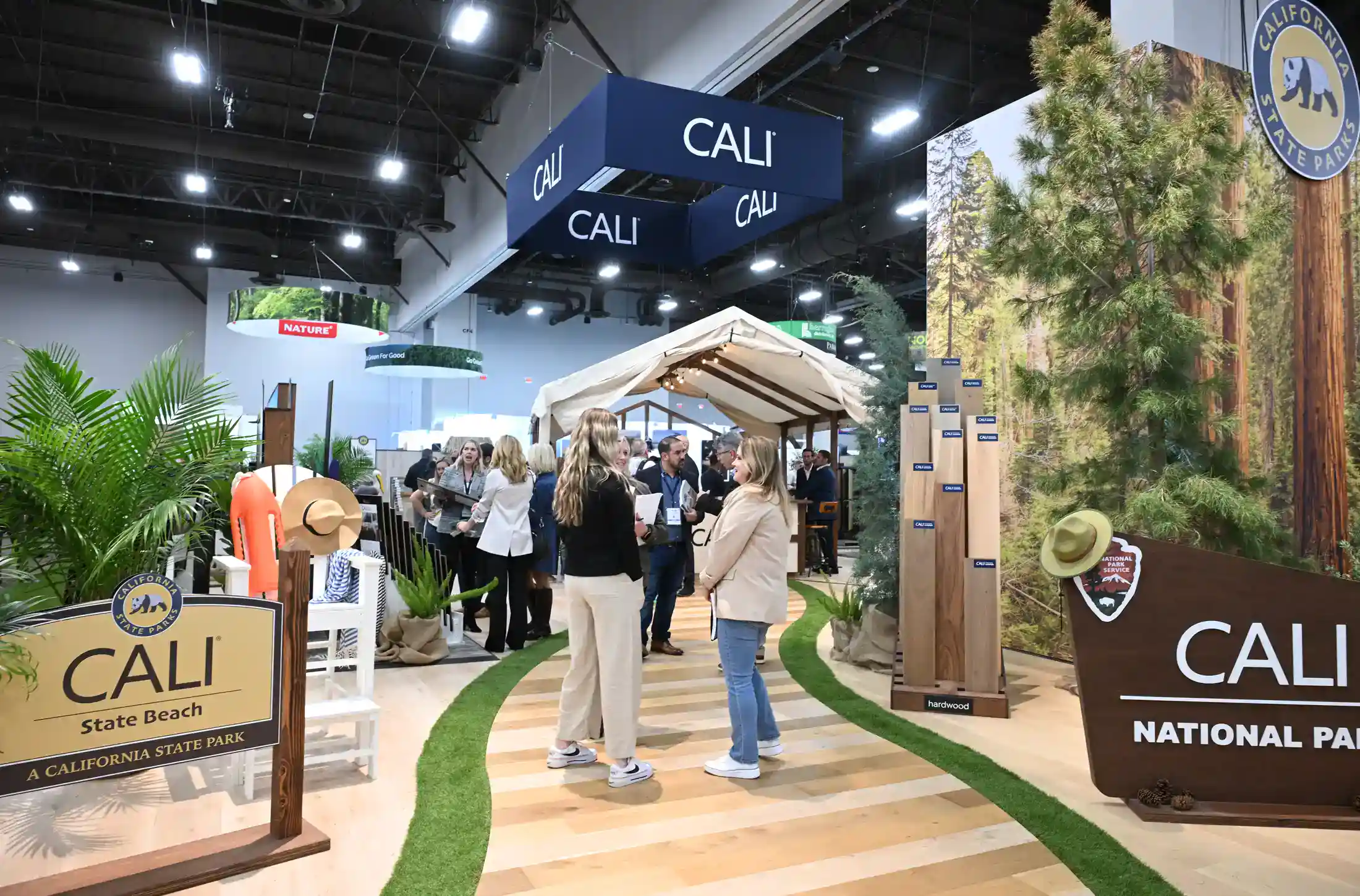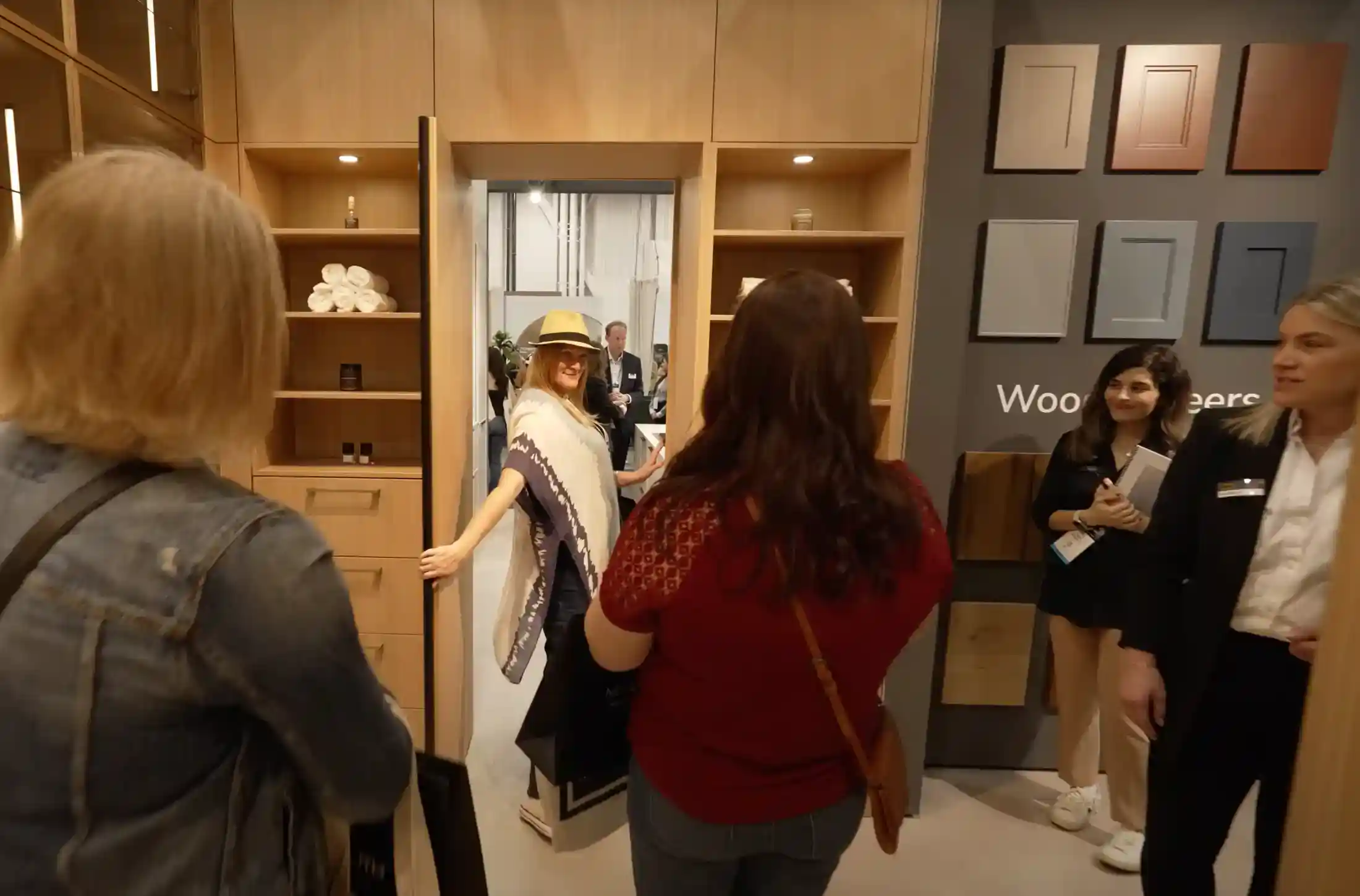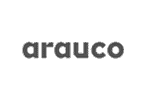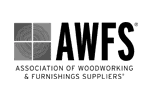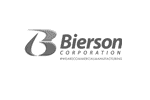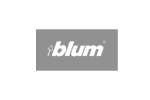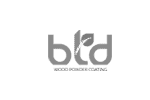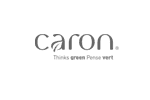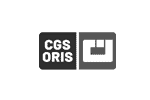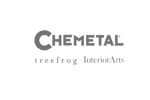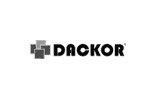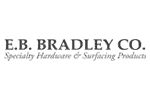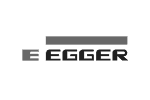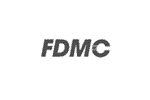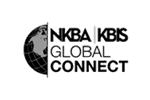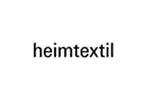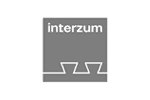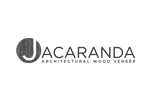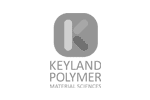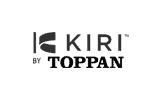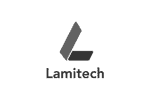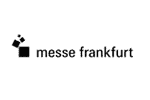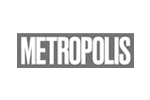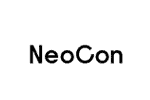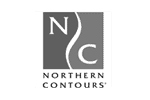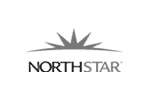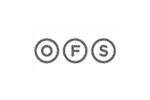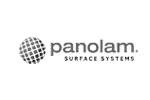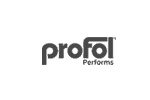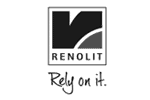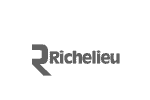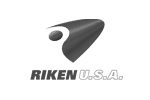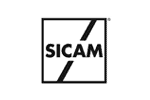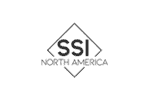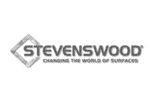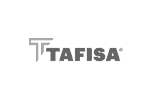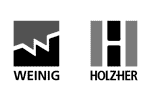The Future is Urban
For four days every January the design world descends on Frankfurt for the annual Heimtextil textiles fair.
Of the early yearly international interiors and design fairs – flooring at Domotex in Hannover, furniture at IMM in Koeln, home fashions at Maison & Objet in Paris and Stockholm Design Week, Heimtextil is the first and foremost.
This is because Heimtextil goes above and beyond with its Theme Park trend exhibit, which takes up the better part of an entire hall in the massive Messe Frankfurt fair grounds. The trends are distilled by the fair’s Trend Table, a group of seven international trend forecasting agencies, who decide on a theme and collaborate on how to communicate the trends and concepts under that theme.
And each year a new agency is selected to visualize the space and the accompanying trend book. The group rotates, with one new member replacing an old member each year. In 2018 the theme is, “The Future is Urban,” and the agency creating the space and the Trend Book is London’s FranklinTill Studio. [More info: http://www.franklintill.com/]
FranklinTill divided the Theme Park into four distinct areas:
- The Flexible Space
- The Healthy Space
- The Maker Space
- The Re-Made Space
The trend experts have also worked on the development of an additional five themes that give an outlook on the trendy colors, materials and designs of the 2018/19 season:
- Relax/Recharge
- Perfect Imperfection
- Soft Minimal
- Adapt+Assemble
- Urban Oasis
You can read on for more on these concepts.
They’re also explained as you click through the gallery at right.
Spaces
The Flexible Space/ Micro Home
This lifestyle trend shows solutions for big city dwellers who are increasingly living like modern nomads and in ever-smaller flats. Designers, architects and planners tackle this challenge with a great deal of ingenuity and optimise the available space with convertible and adaptable design.
The Micro Home pavilion presents an exclusive solution to this, by London’s Studiomama label. The inventors of the “13m2 house” use every corner of the minimal living space. Thanks to the superb multi functionality of the cleverly designed furnishings, the interior can be easily converted and thus offers all the essential functions of a flat with normal proportions. The subtle color scheme of Soft Minimal (see below) provides the necessary visual freedom.
The Re-Made Space/Remade Materials
The Remade Materials area, clad in wood and plastic leftovers from exhibition setup and filled with repurposed post-industrial and -consumer materials, got the most buzz in the Theme Park.
For the first time in history, urban waste is growing faster than the rate of urbanization. According to the World Bank, by 2025 the urban population will have grown by 1.4 billion people, each one of us discarding an average of 3.13 pounds of waste per day —more than double the current amount.
To cope with the massive mountains of trash generated multi-million populations, cities of the future will need to forget the difference between waste and resource and embrace circular practices. Our trash will have to become the starting point for something new.
Ideas and initiatives are already offering a glimpse of how could build urban environments more sustainably in the future — end designers are discovering ways to reuse what we already have, to create re-made spaces.
Aware that natural raw material resources are finite, designers are tapping into industrial and domestic waste streams for new resources. They are turning today’s trash into tomorrow’s raw materials. They are not only providing sustainable solutions to wasteful agricultural practices, but also developing replacements for over-cultivated crops like cotton and cashmere.
The Maker Space
Global developments such as digitalization are fundamentally changing the relationship between manufacturer and consumer. This is already evident today in the maker movement, something that has also had a lasting influence on textile production.
The Theme Park provided two current examples of this: in the studio, Lola Lely and Bristol Weavers Mill dye and process fabrics in a traditional manner. The results grew over the course of the trade fair to form an overall work of art thanks to the participation of Heimtextil visitors. With the striking indigo and natural tones as well as the deliberately imperfect designs, the project is part of the Perfect Imperfection design trend.
At the same time, the Dutch label Post Couture is showing how fashion can work as a DIY kit in the Fab Lab. An innovative connection system makes sewing superfluous and deliberately draws attention to the DIY making process. The strong red, blue, green and yellow tones of the Adapt+Assemble design trend highlight this effect.
Micro Home/The Flexible Space
The limited living space available in the world’s megacities presents interior design with well-known but also very special challenges. The Micro Home pavilion will present an exclusive solution to this by London’s Studiomama label. The inventors of the “13m2 house” use every corner of the minimal living space. Thanks to the superb multi functionality of the cleverly designed furnishings, the interior can be easily converted and thus offers all the essential functions of a flat with normal proportions. The subtle color scheme of Soft Minimal provides the necessary visual freedom.
Green Workspace
According to the biophilia hypothesis, humans have an innate tendency to seek connections with nature. This is translating into design changes within the built environment. As we become more urban, designers, planners and city dwellers are seeking increasingly inventive ways to find a home for nature in the city. From the cultivation of house plants, window boxes and home mini ecosystems to allotments, pop-up green oases and even vast vertical gardens, contemporary city dwellers are striving to re-wild the city, one shrub at a time.
In working environments, it has been proved that biophilic design not only creates a cleaner, less toxic atmosphere, but also leads to an improved sense of wellbeing and greater levels of focus. Enhance your productivity and make use of the Green Workspace. Here you will find specially selected plants that purify the air.
Themes
Relax /Recharge
Color can affect our mood and emotions. Color can energize or calm, relax or stimulate, even anger or subdue — contrary to popular belief, it has been proved that blue light can energize and red light can calm. From ombrés to tonal gradients, varying shades of reds or blues are applied to hard and soft materials alike, as well as spaces, to create all-consuming, energy-impactful environments.
Relax/ Recharge is a transformative design direction that harnesses the power of color to bring energy balance to over-stimulated, urbanized lifestyles. This is materializing as a total immersion in color — walls, floors, furniture and fittings are saturated with single hues in multiple tones within the red and blue spectrums.
Perfect Imperfection
A return to the artisanal and the crafted sees the emergence of a perfectly imperfect design direction. In a reaction to the oversaturation of mass-produced goods, the revival of ancient craft techniques lends enhanced narrative and meaning to objects. Indigo, one of the oldest dyes in the world, is embraced by a wave of contemporary brands and designers.
The craft of indigo dyeing is revisited and celebrated for its imperfect quality and graduating shades of blue. An embodiment of the ancient Japanese philosophy of wabi-sabi (accepting imperfection), materials and products bear the marks of their making, embracing visible brushstrokes, stitching and joinery, a poetic documentation of their creation. Appealing on two levels, the direction speaks of historical revival in print and pattern and classic durability by way of workwear-inspired functional twill.
Soft Minimal
Urban living systems are multifunctional and can be adapted. Soft Minimal focuses on interior designs and products that appeal because of their functionality and are valued for a lifetime. Cosy materials – wool, felt, linen and bouclé yarn – give a minimalistic flat some warmth and personality. A reserved color palette of muted pastel colors and neutral shades complemented by matte black ensures timeless elegance.
Adapt+Assemble
Freed of all excess frills, the designs appeal with geometric and interchangeable shapes and materials that are perfect for packing and transporting – travelling and moving made easy. The textile techniques used are simple and reliable. Industrial materials are reinterpreted and converted for home use. Bright primary colors ensure a playful appearance.
Urban Oasis
Designers transform interiors into green oases in order to use nature to achieve an increased sense of well-being. Green is regarded as the most relaxing color for the eye. Lush green shades are used to refresh both body and soul. Dark forest and sage green are mixed with matt pink. Textures that imitate nature ensure a full, soft feel.
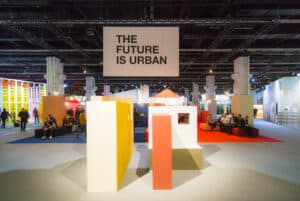
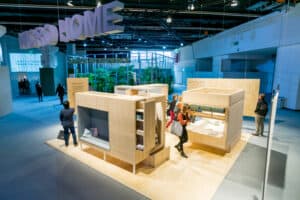
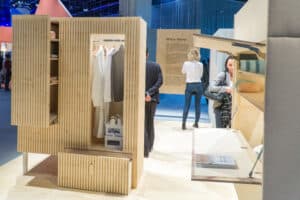
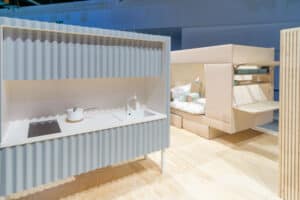
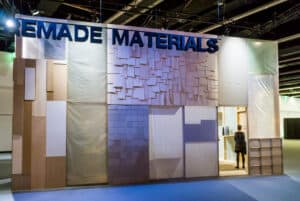

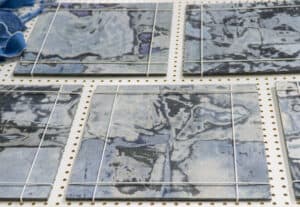
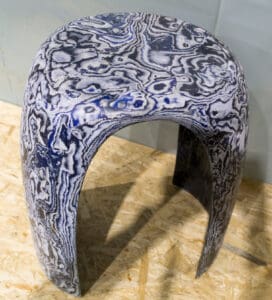
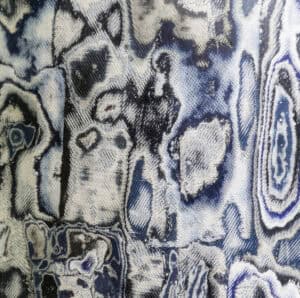
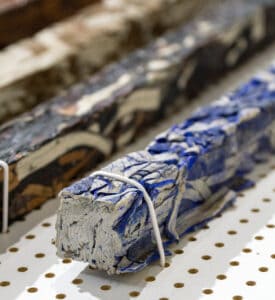
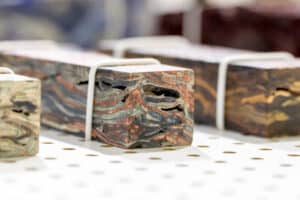
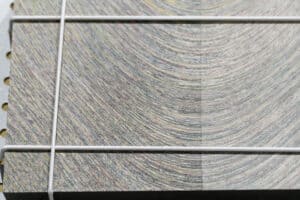
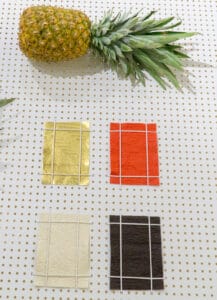

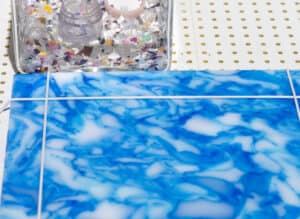
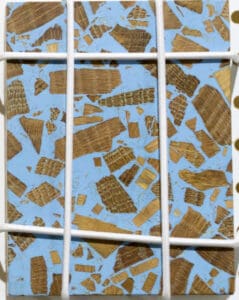
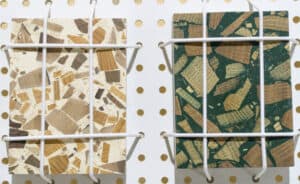
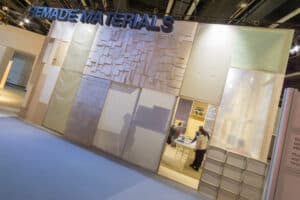
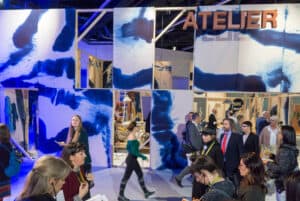
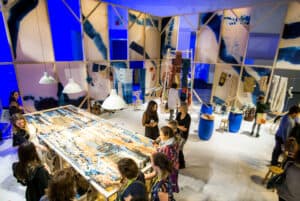
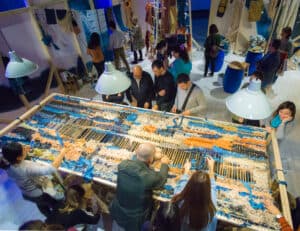

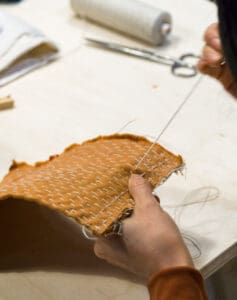
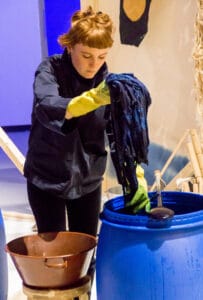
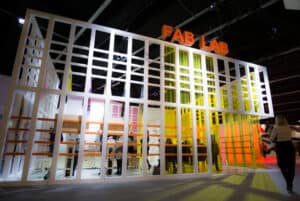
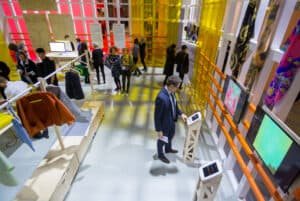
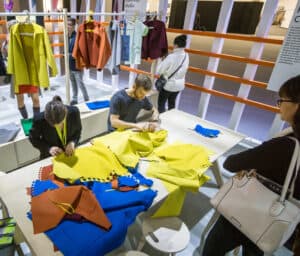
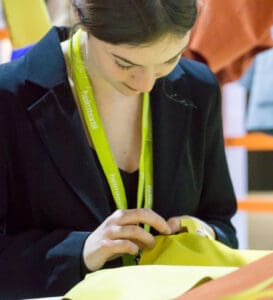
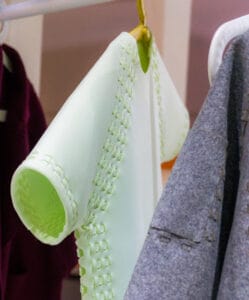
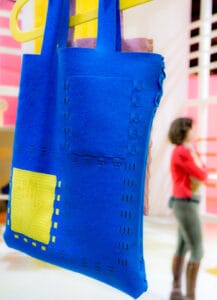
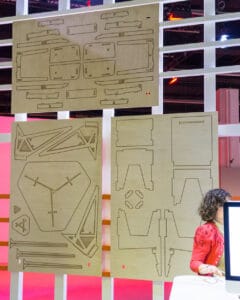
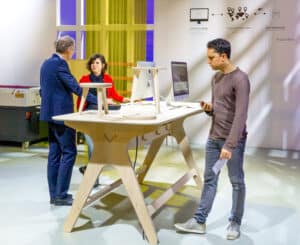
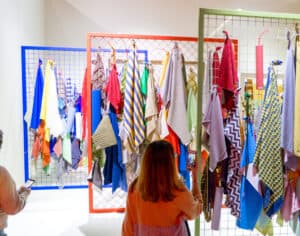
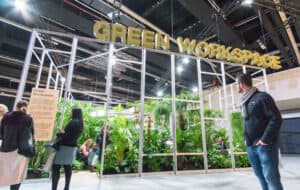
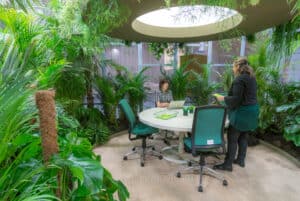
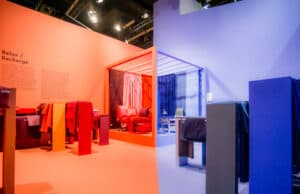

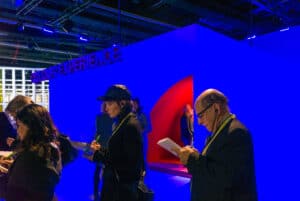
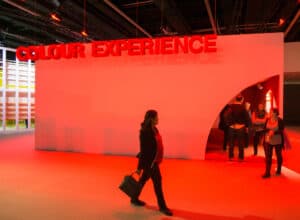
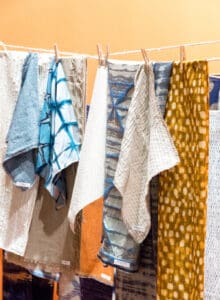
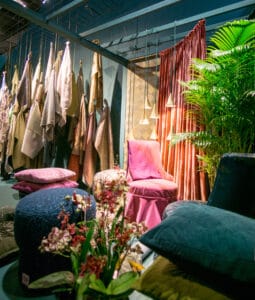
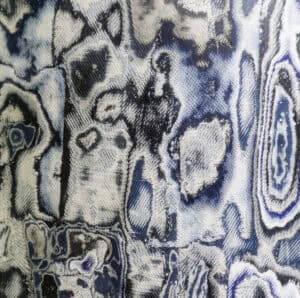
Increase your Material Intelligence:
Subscribe now!Support from the following companies made this coverage possible:
